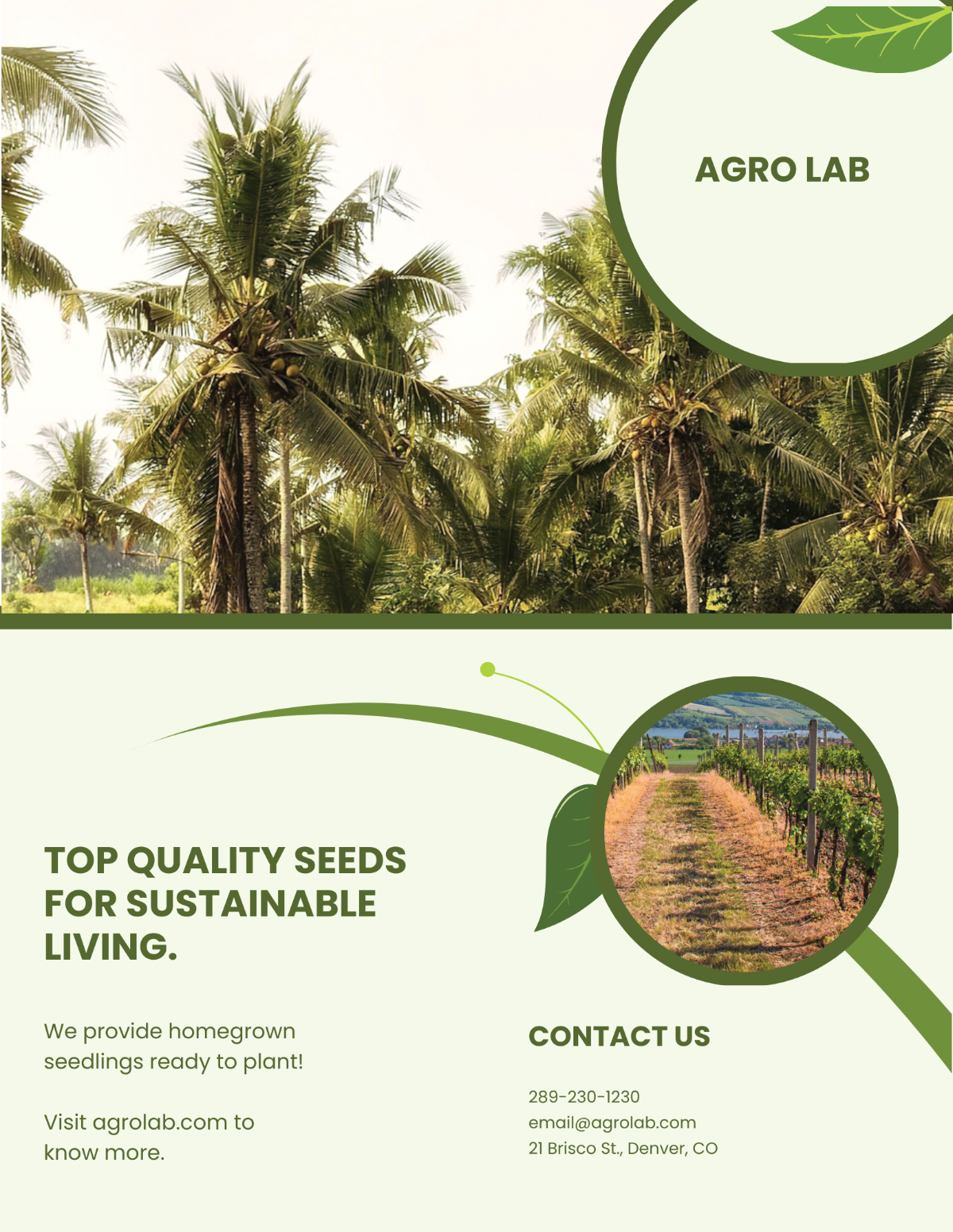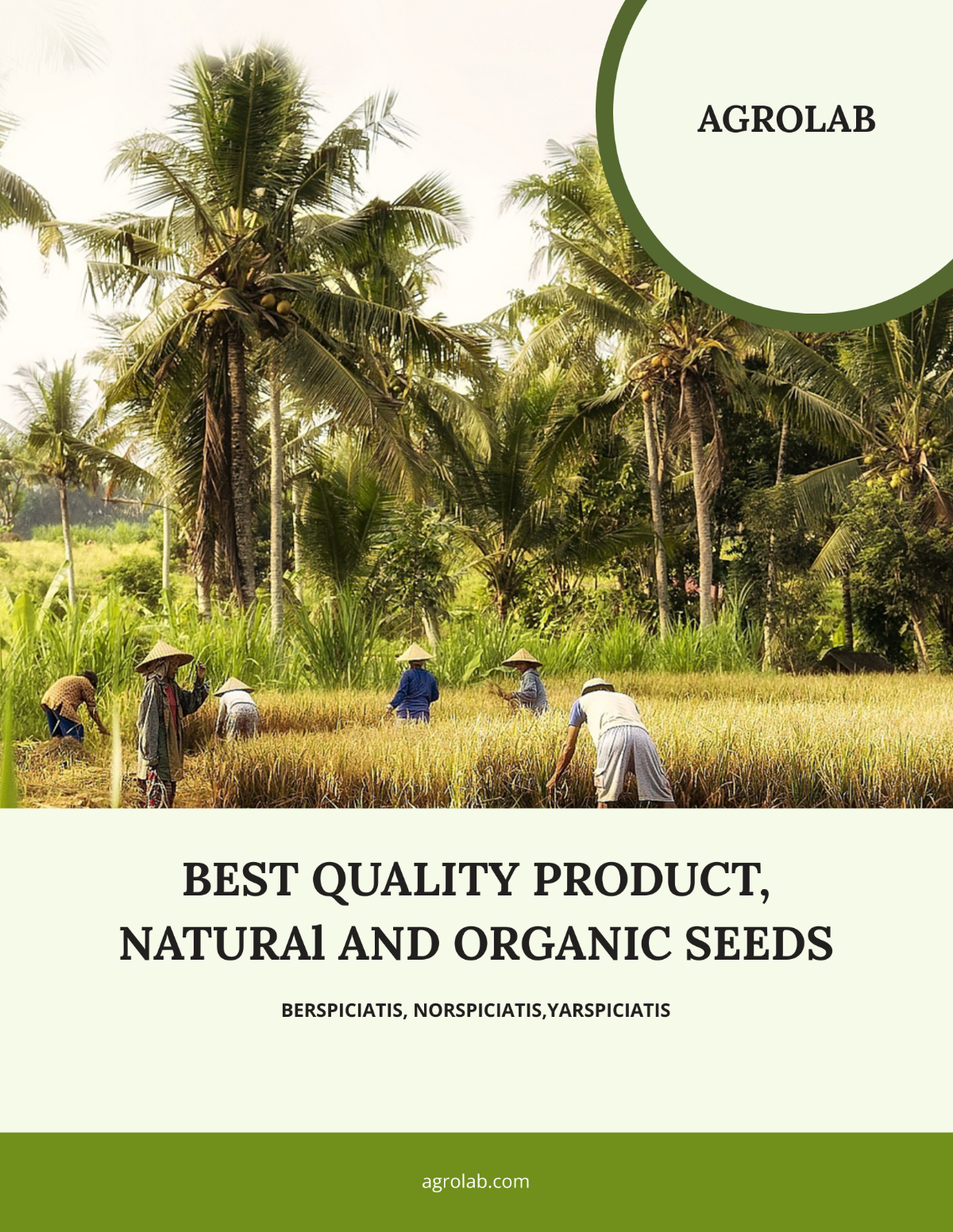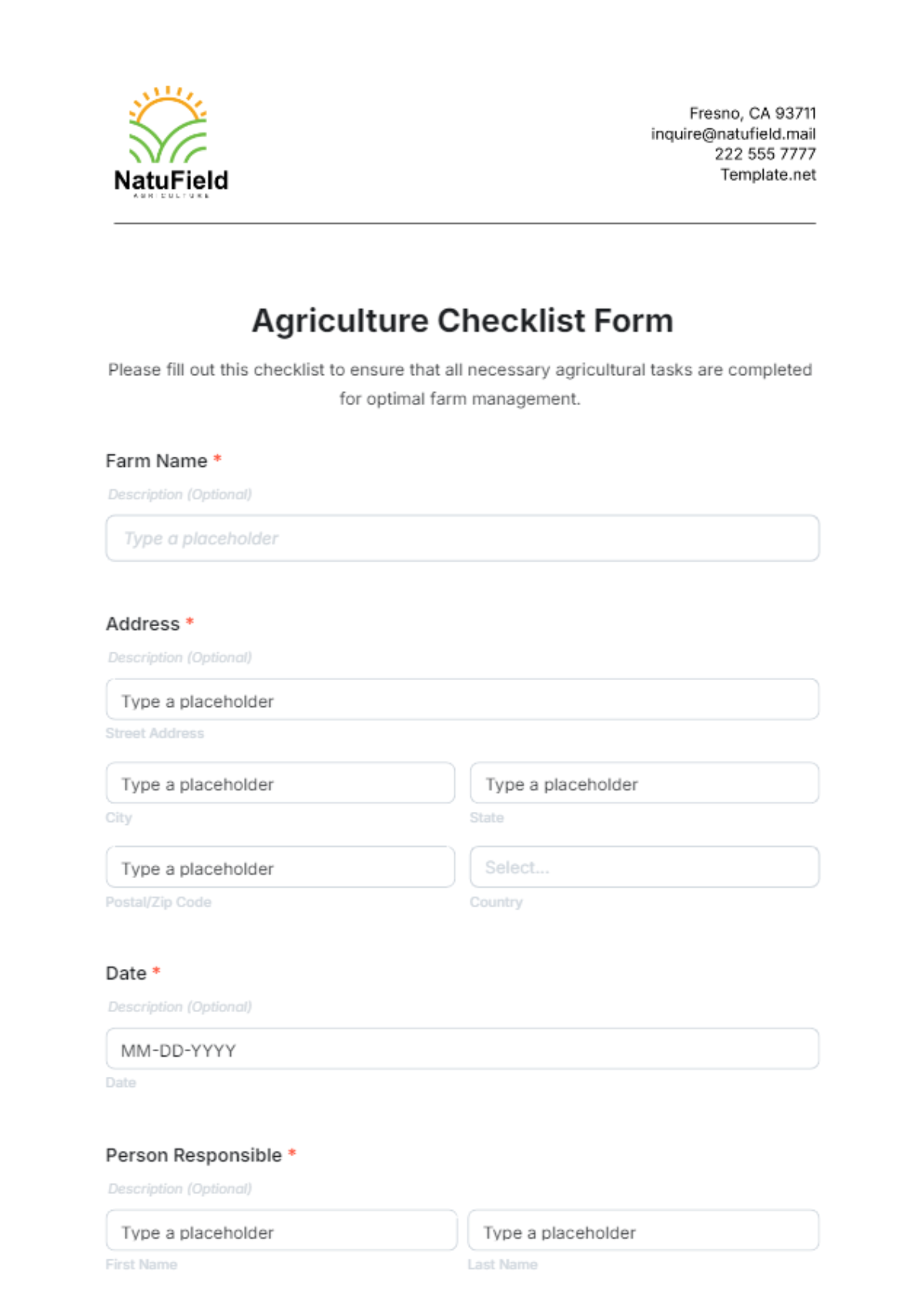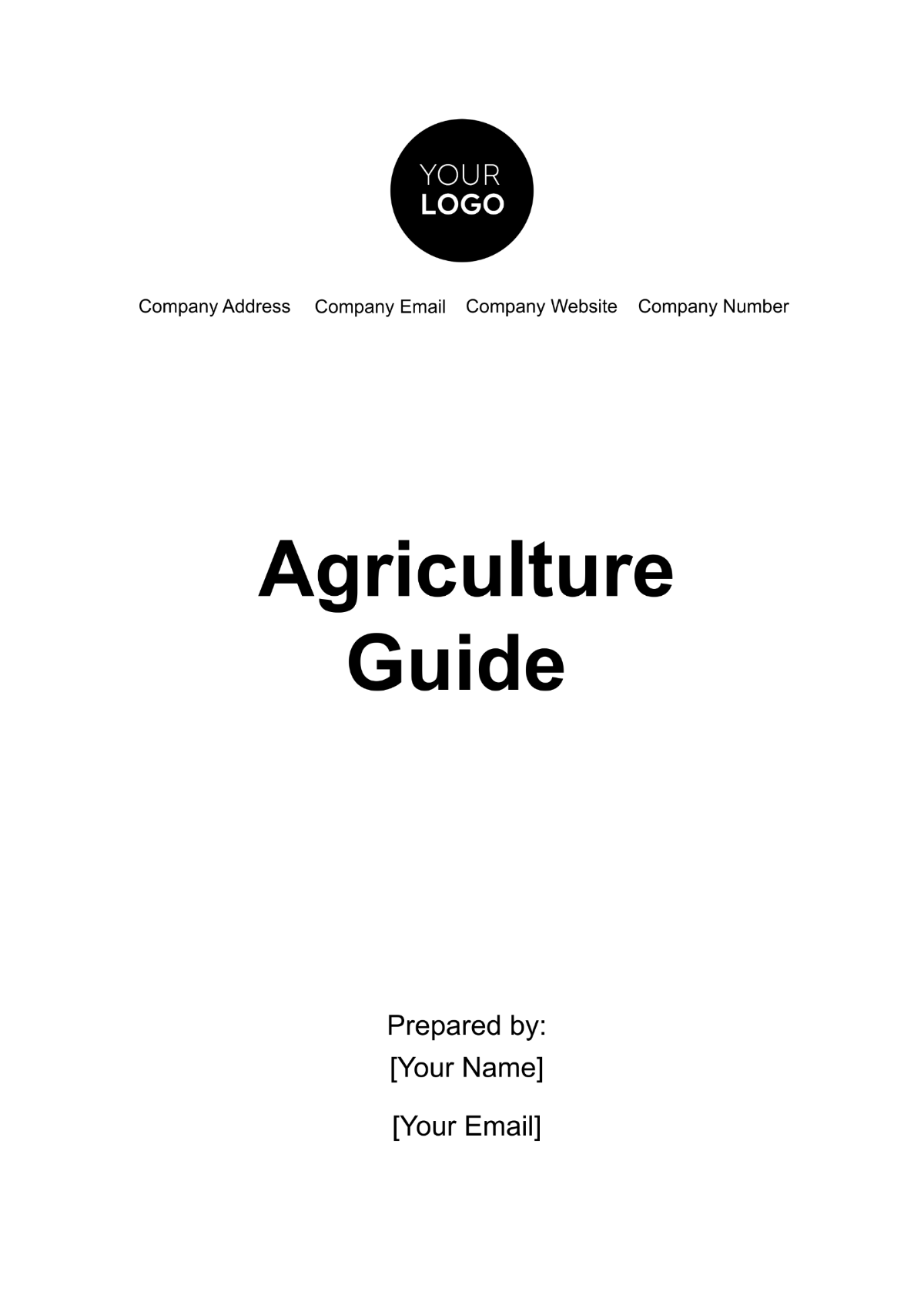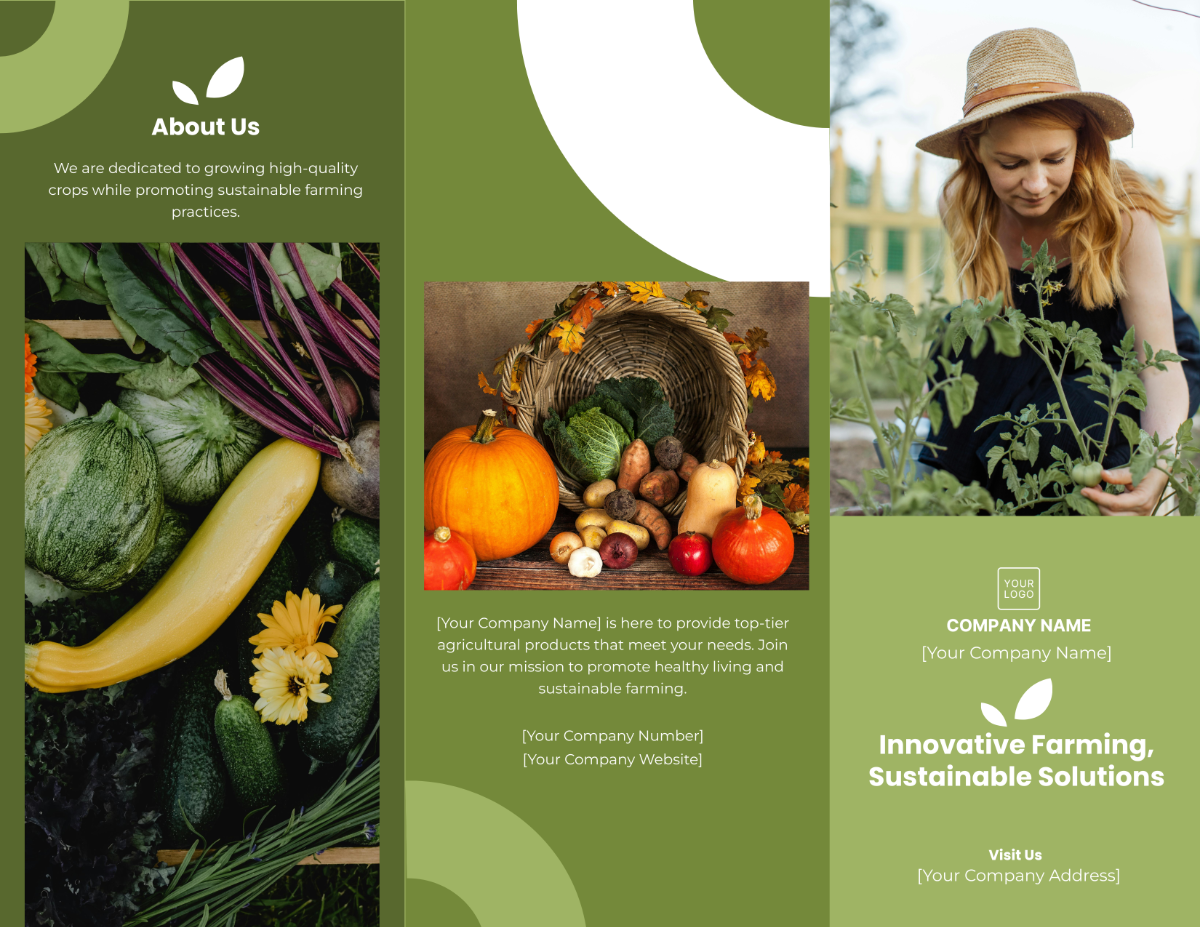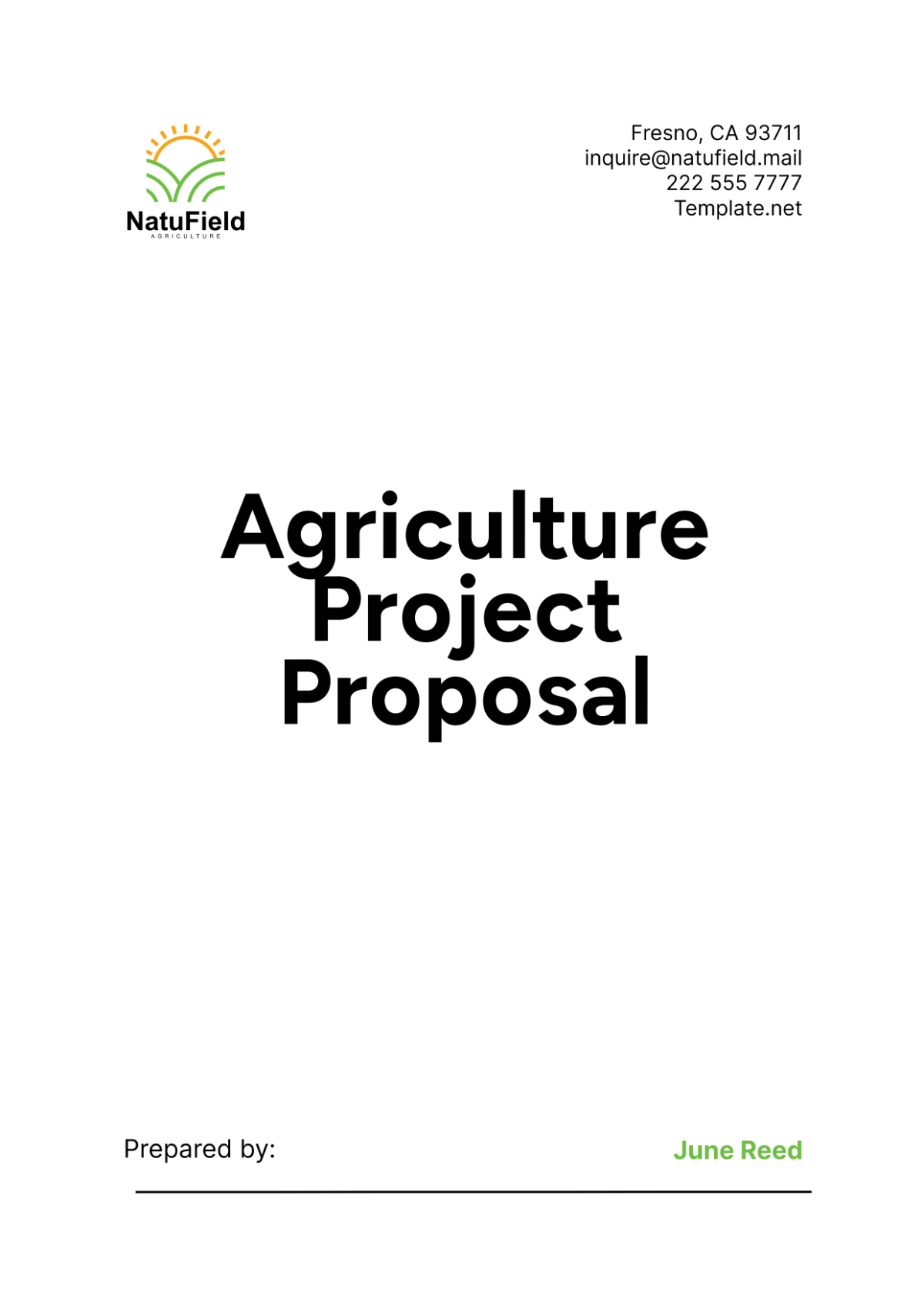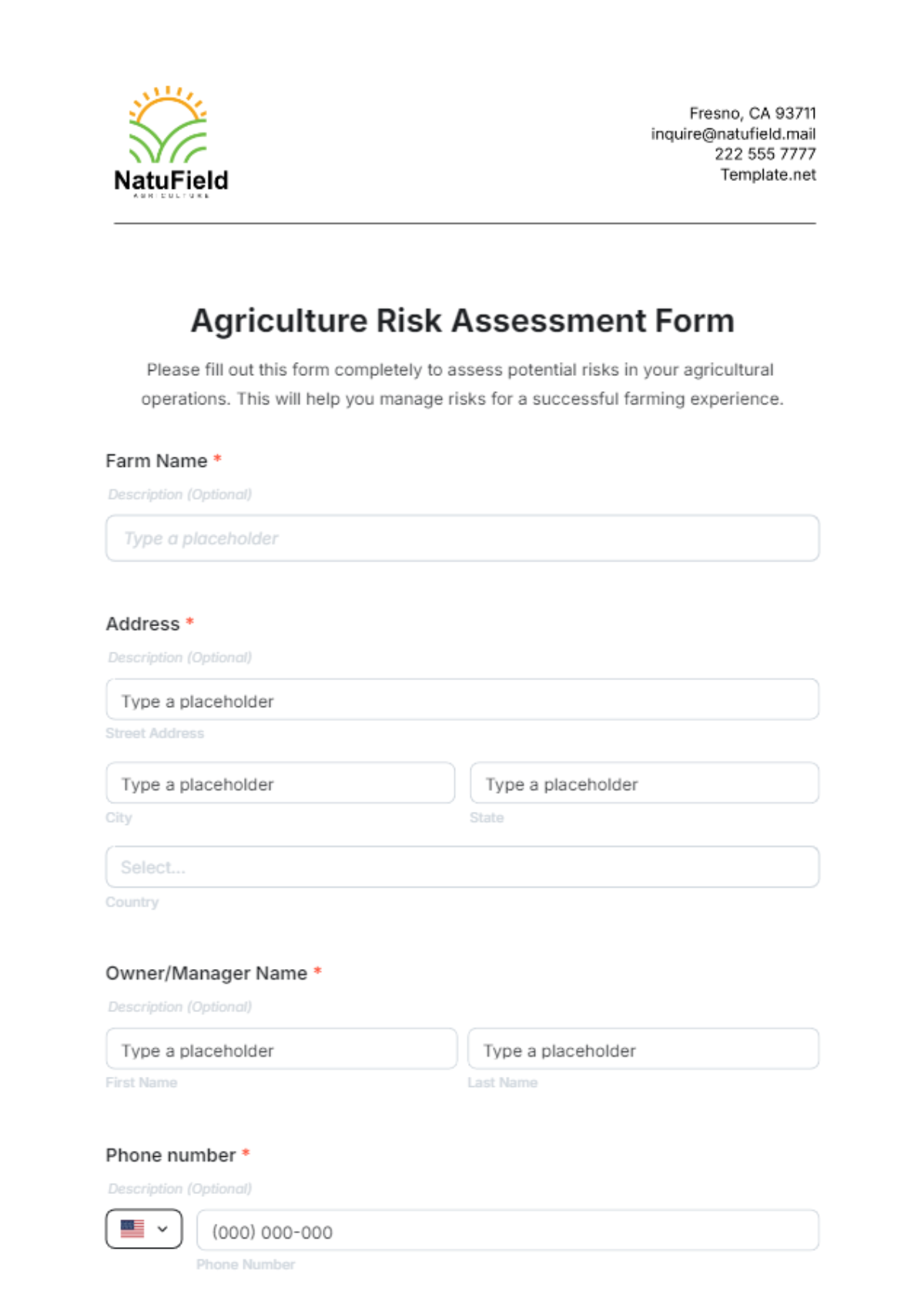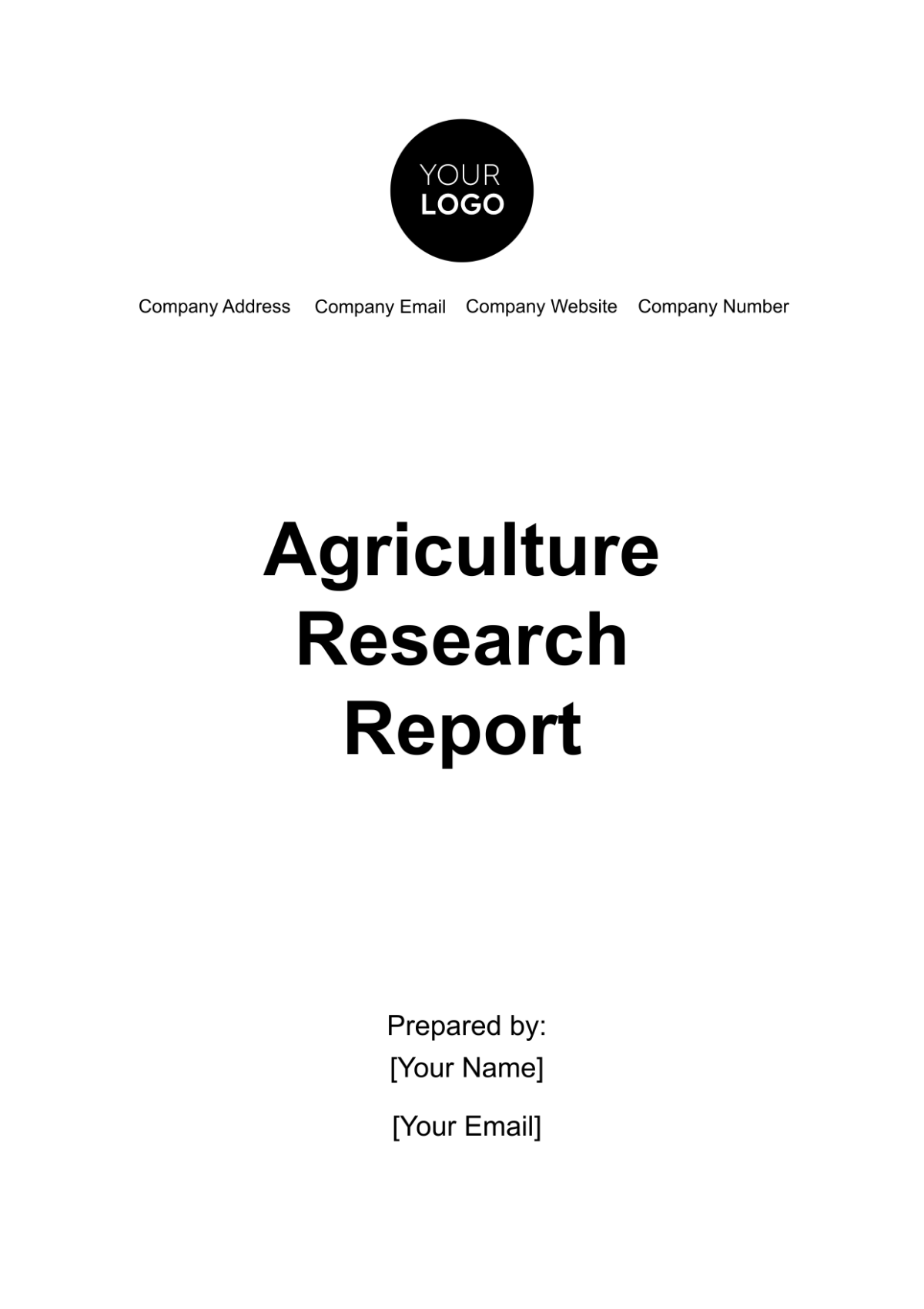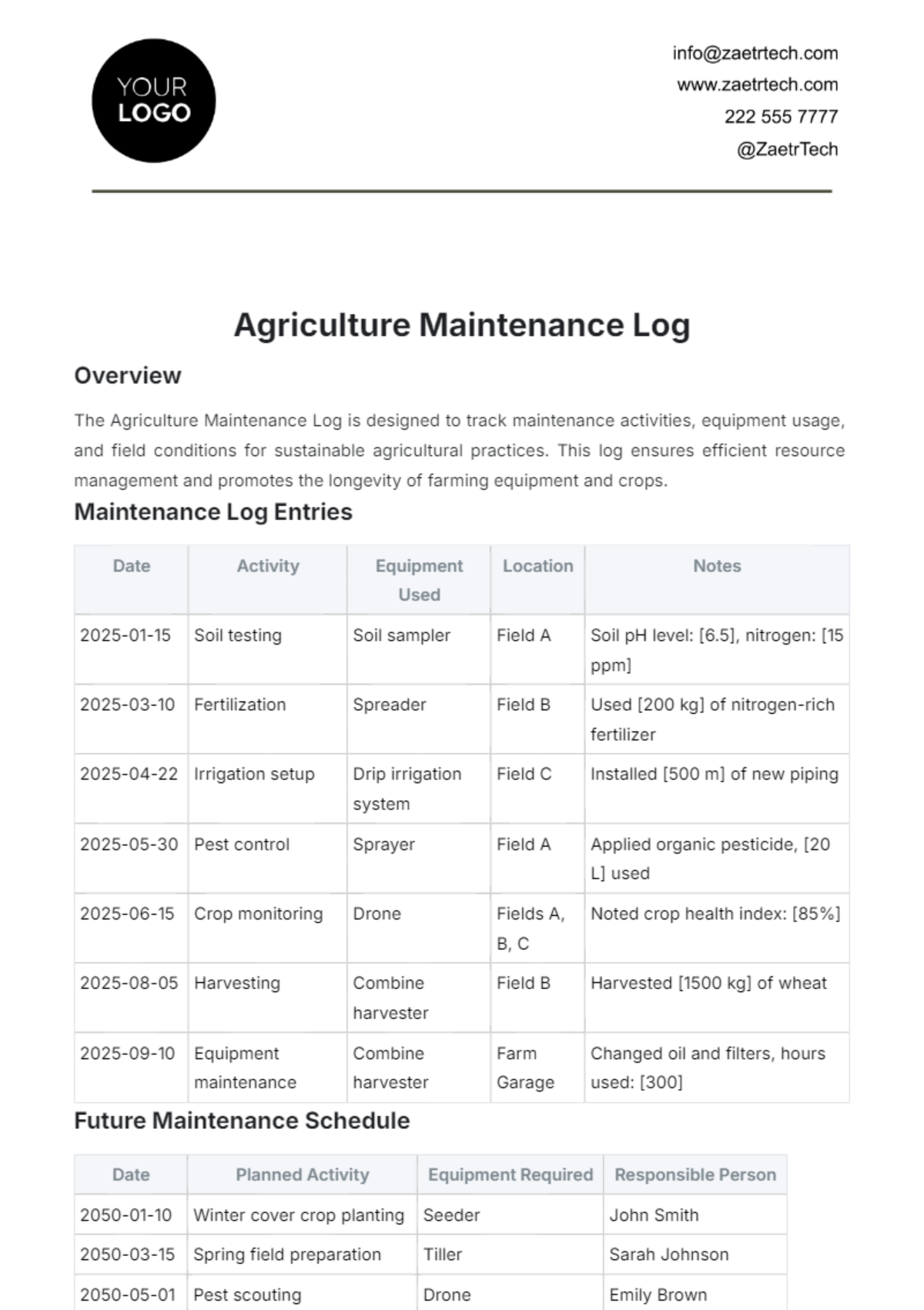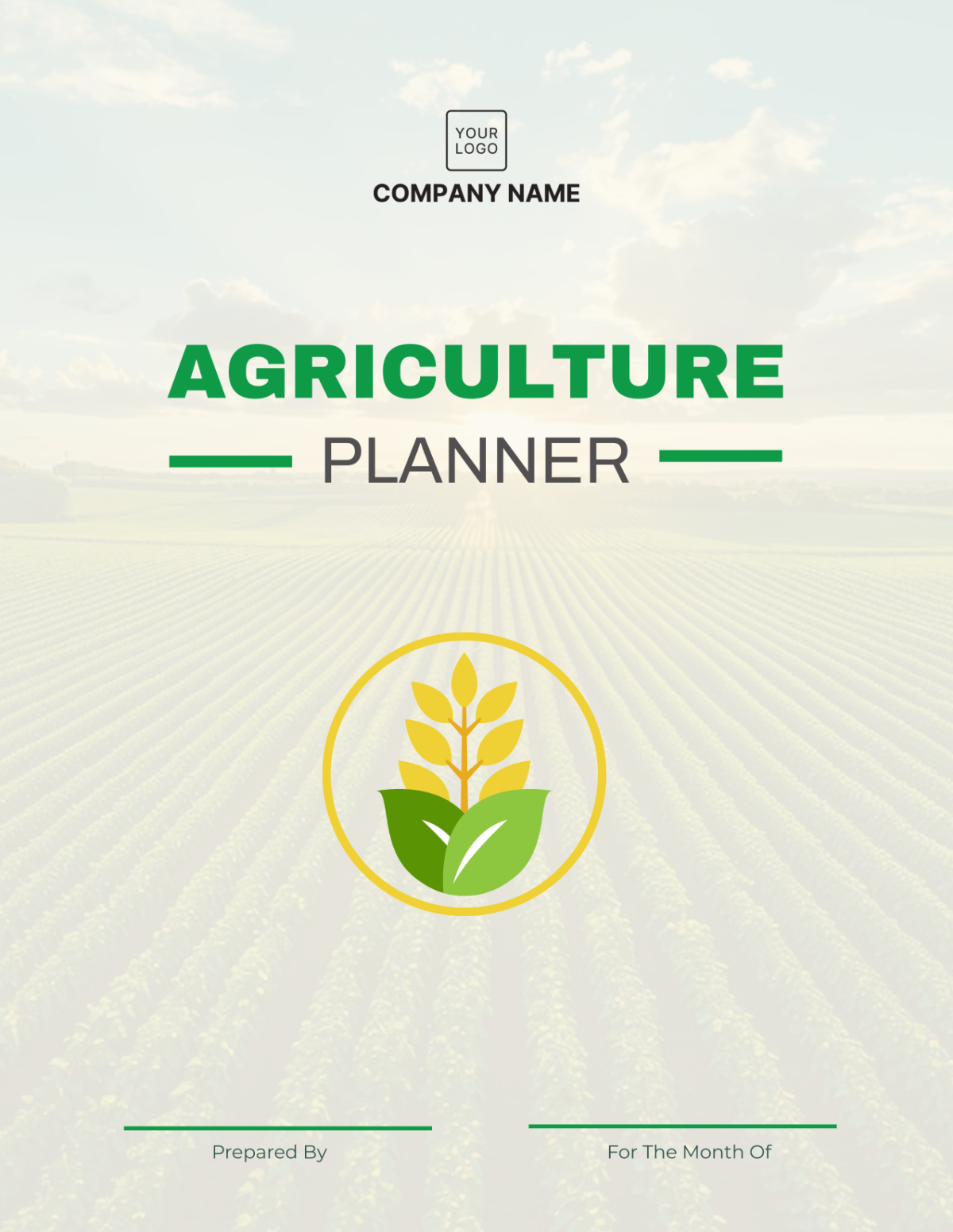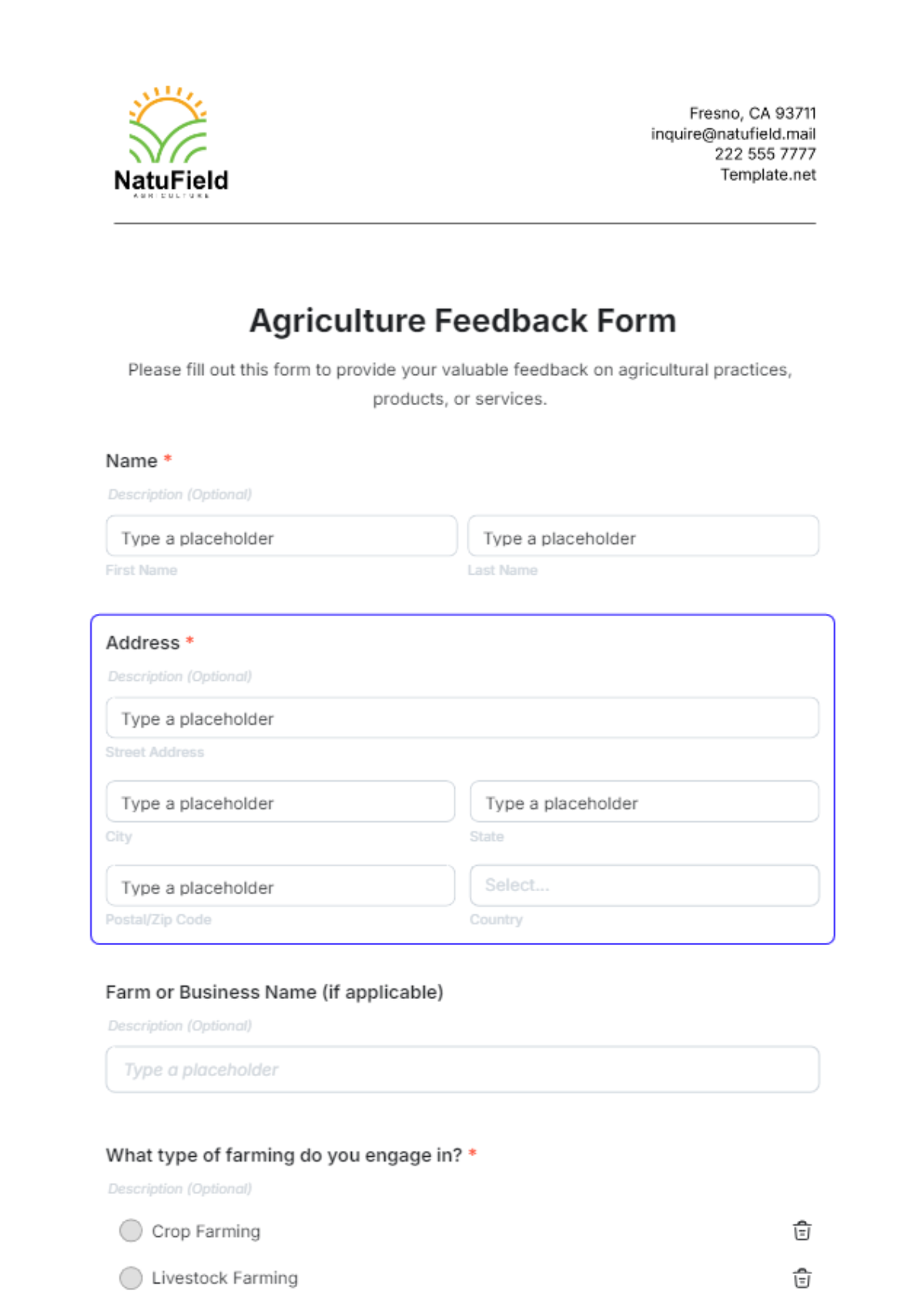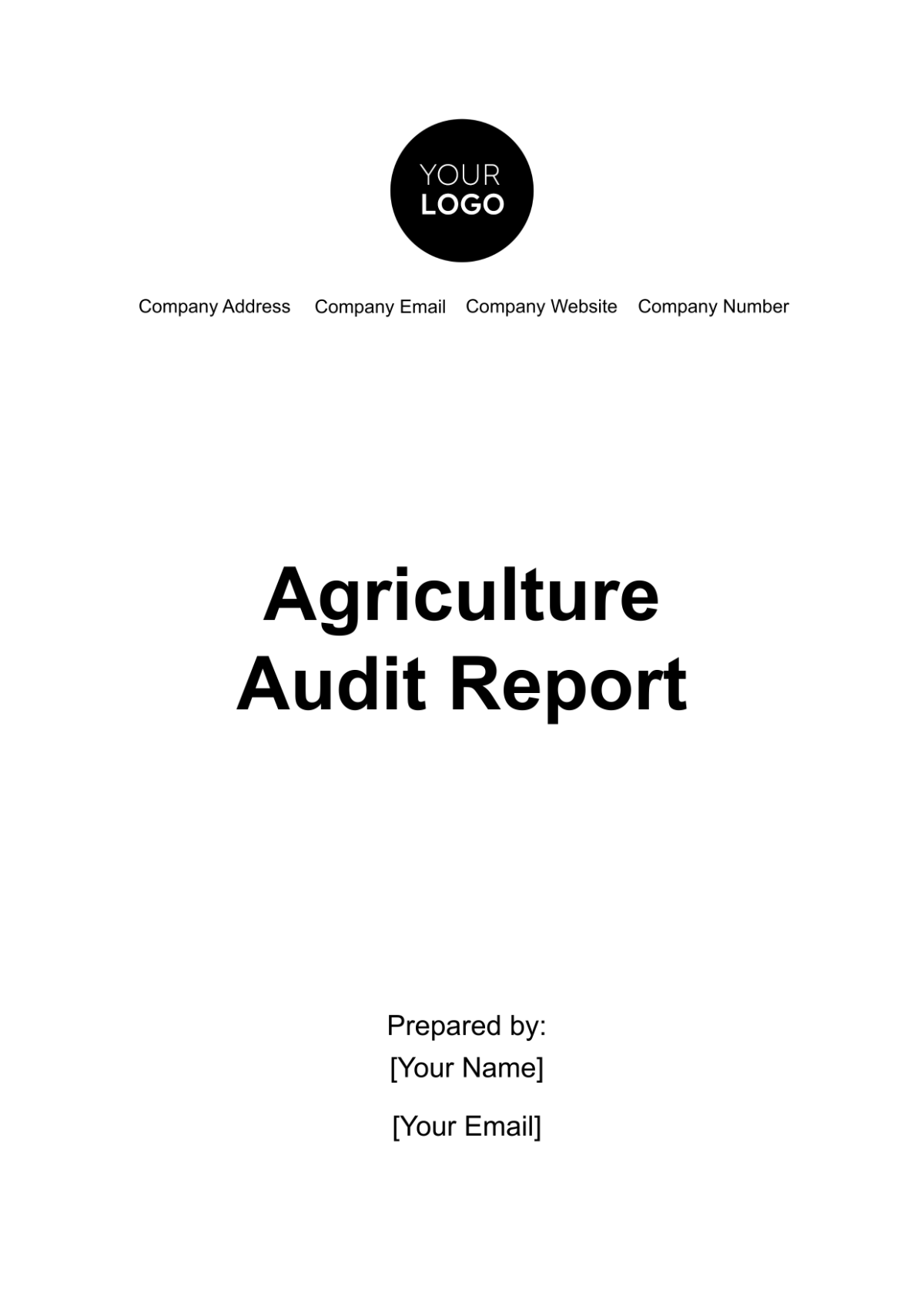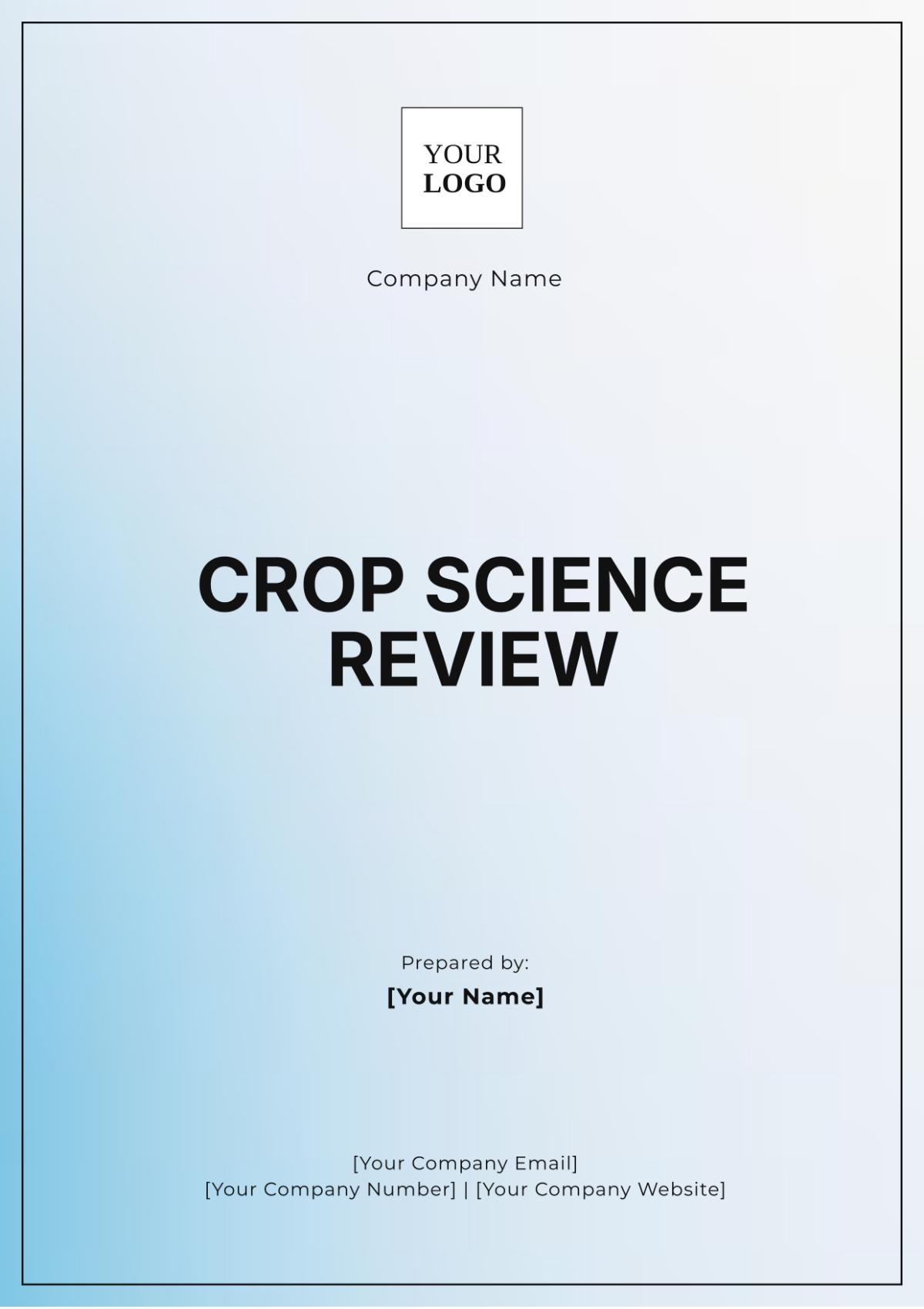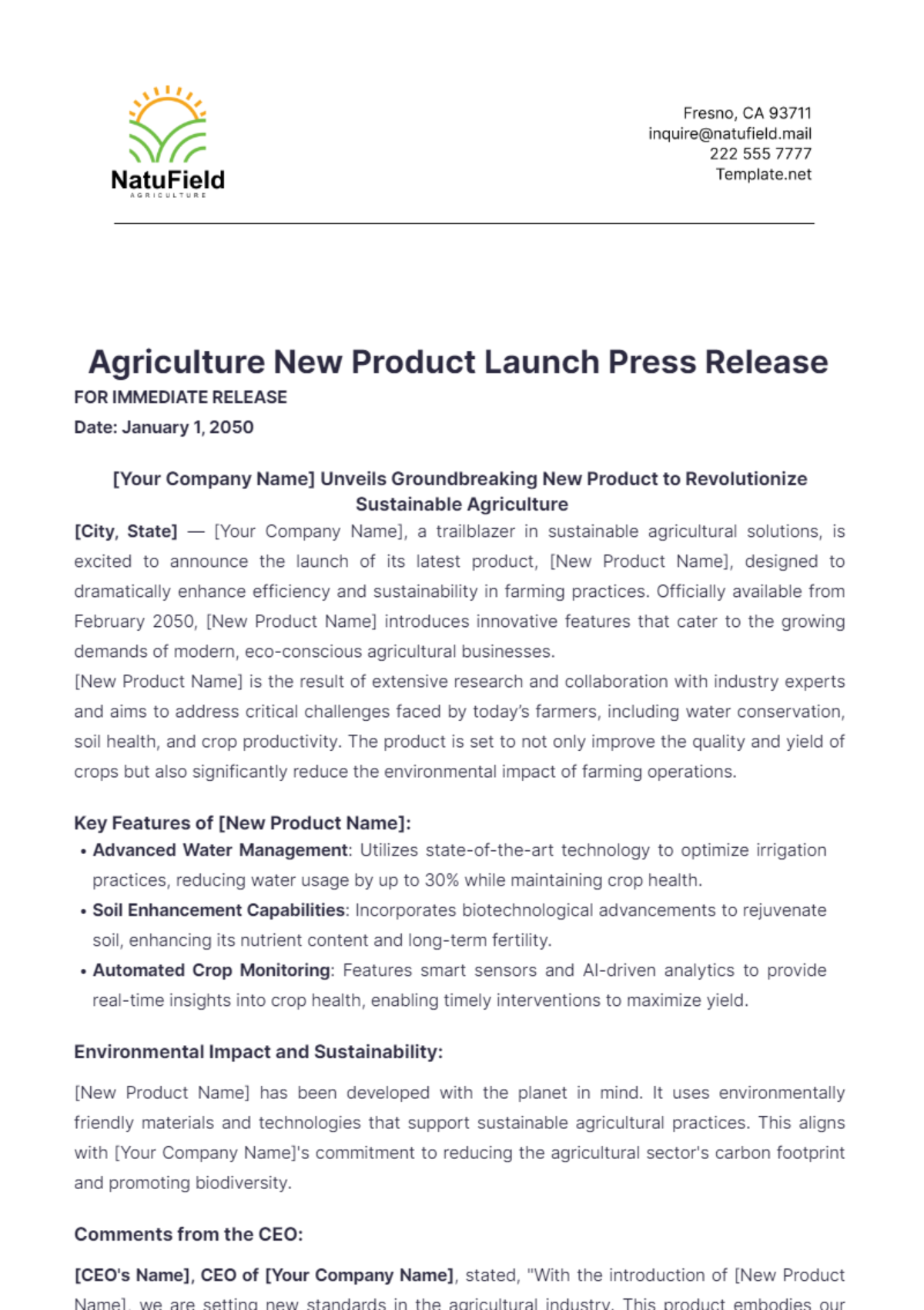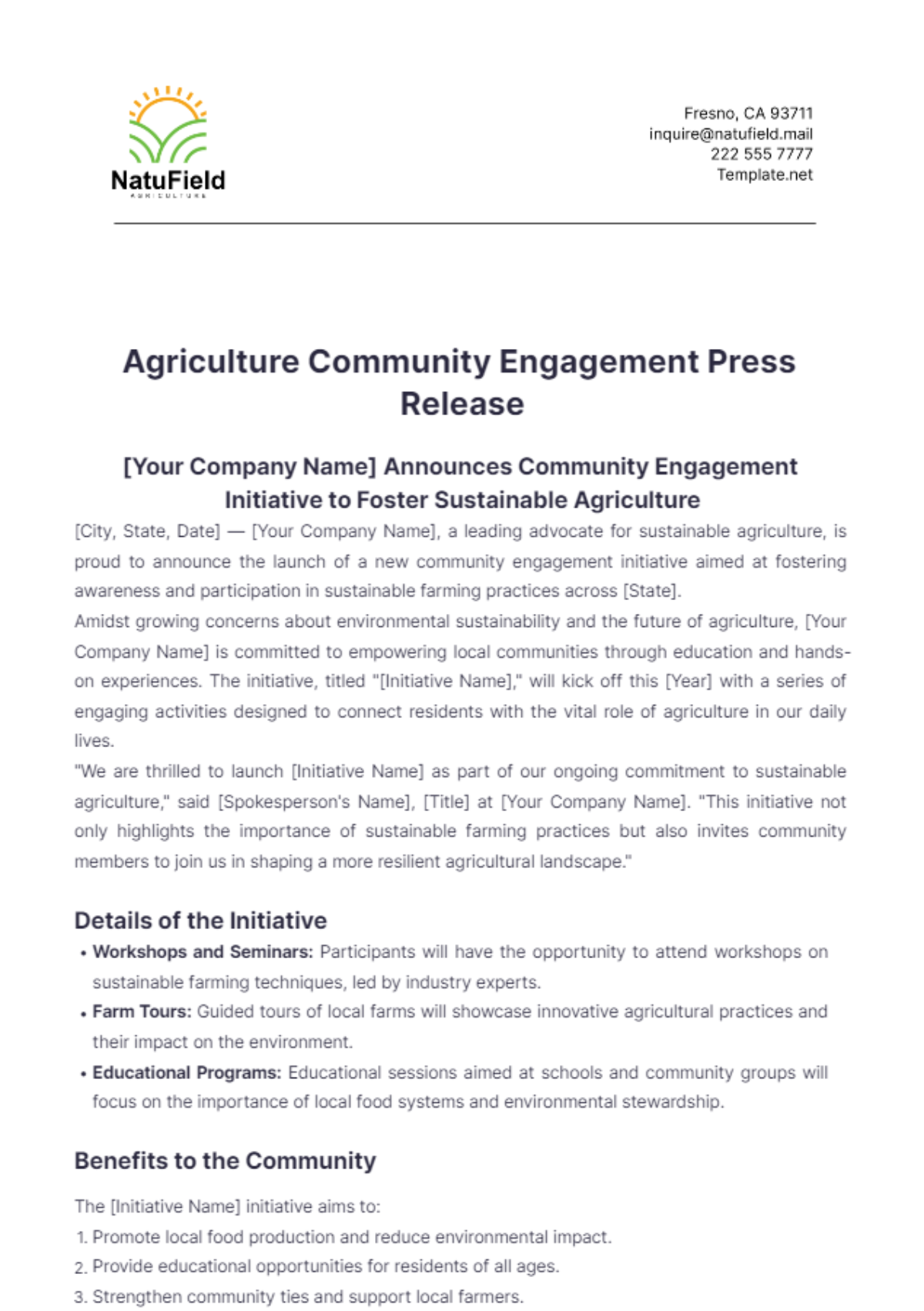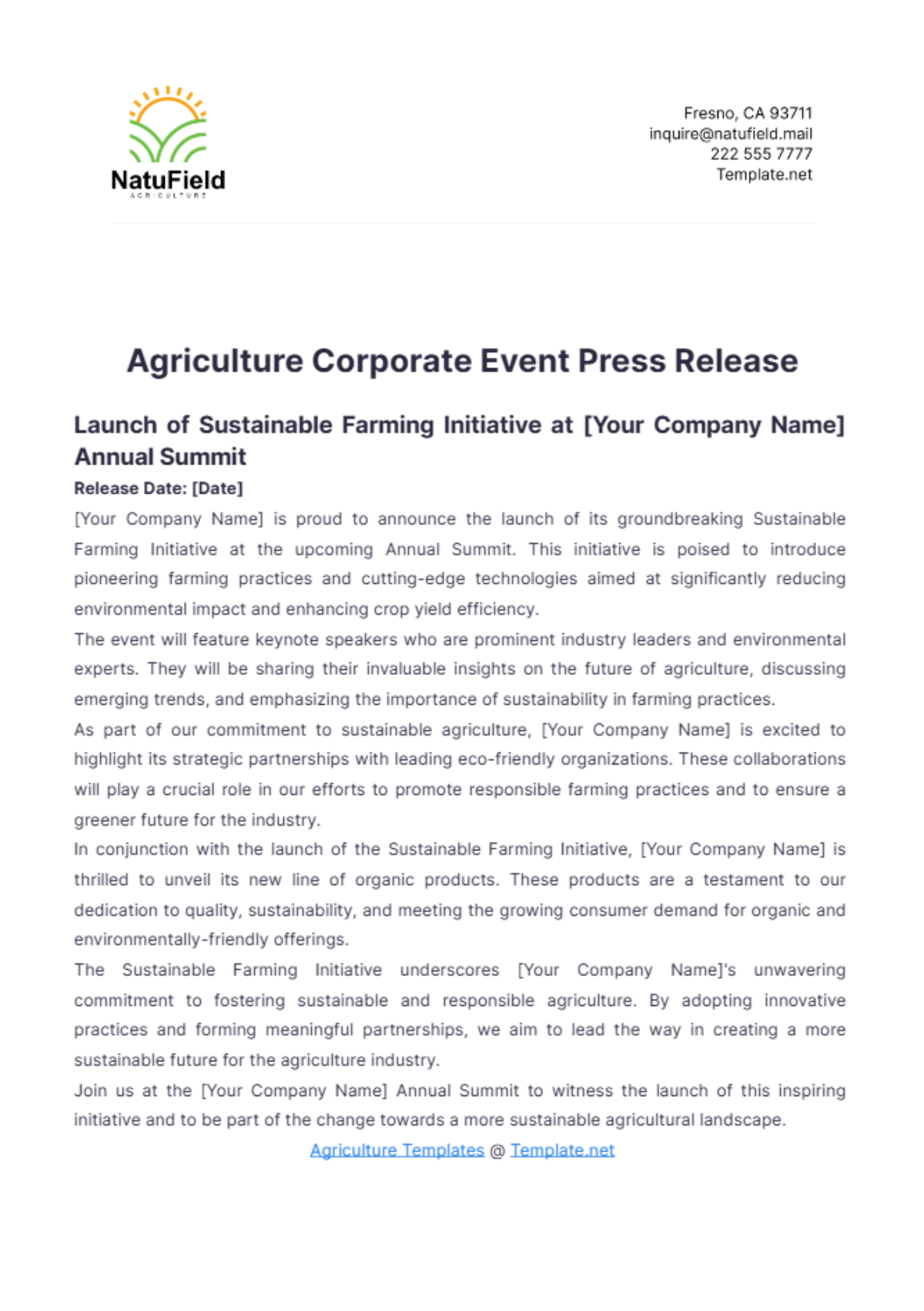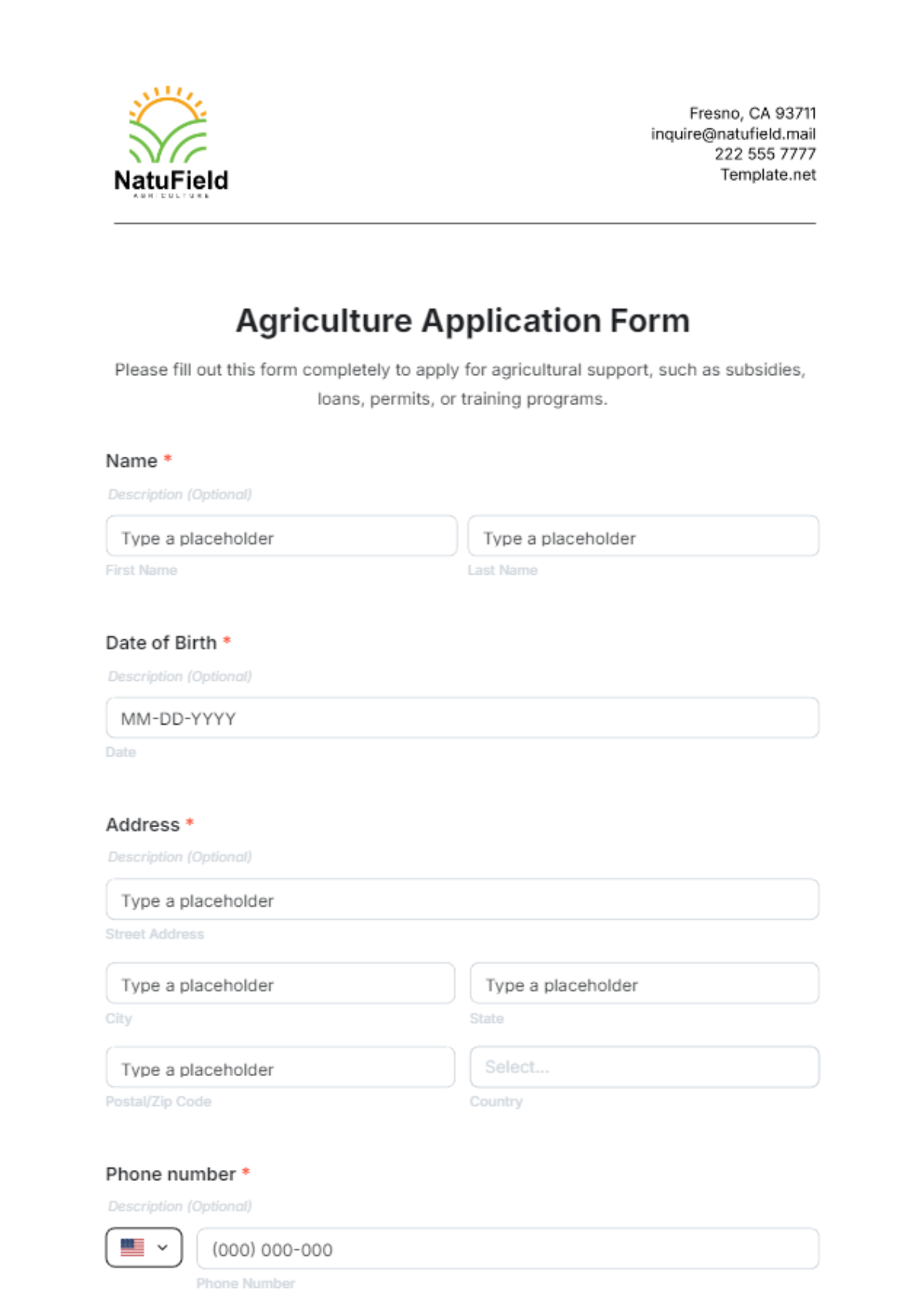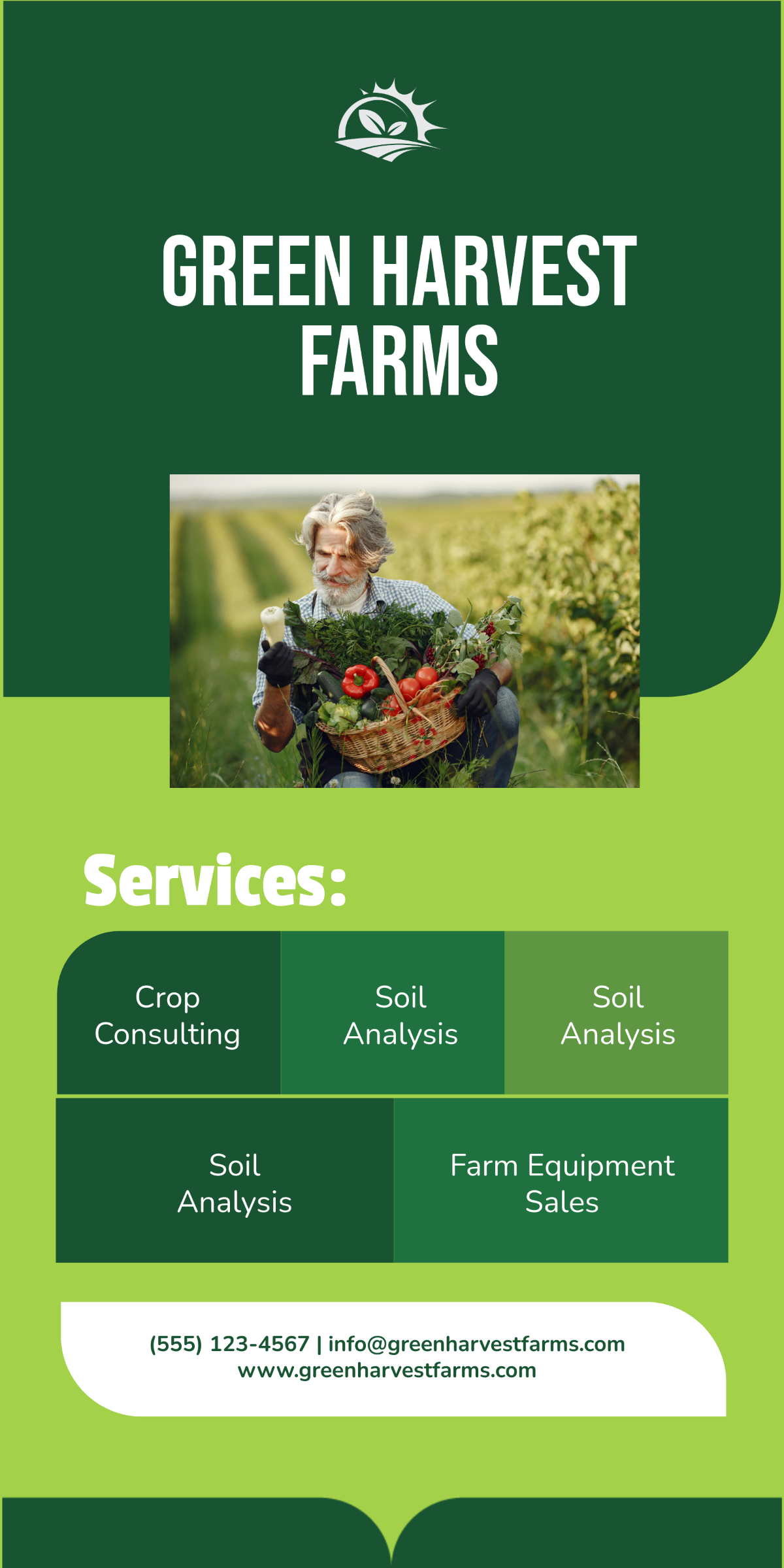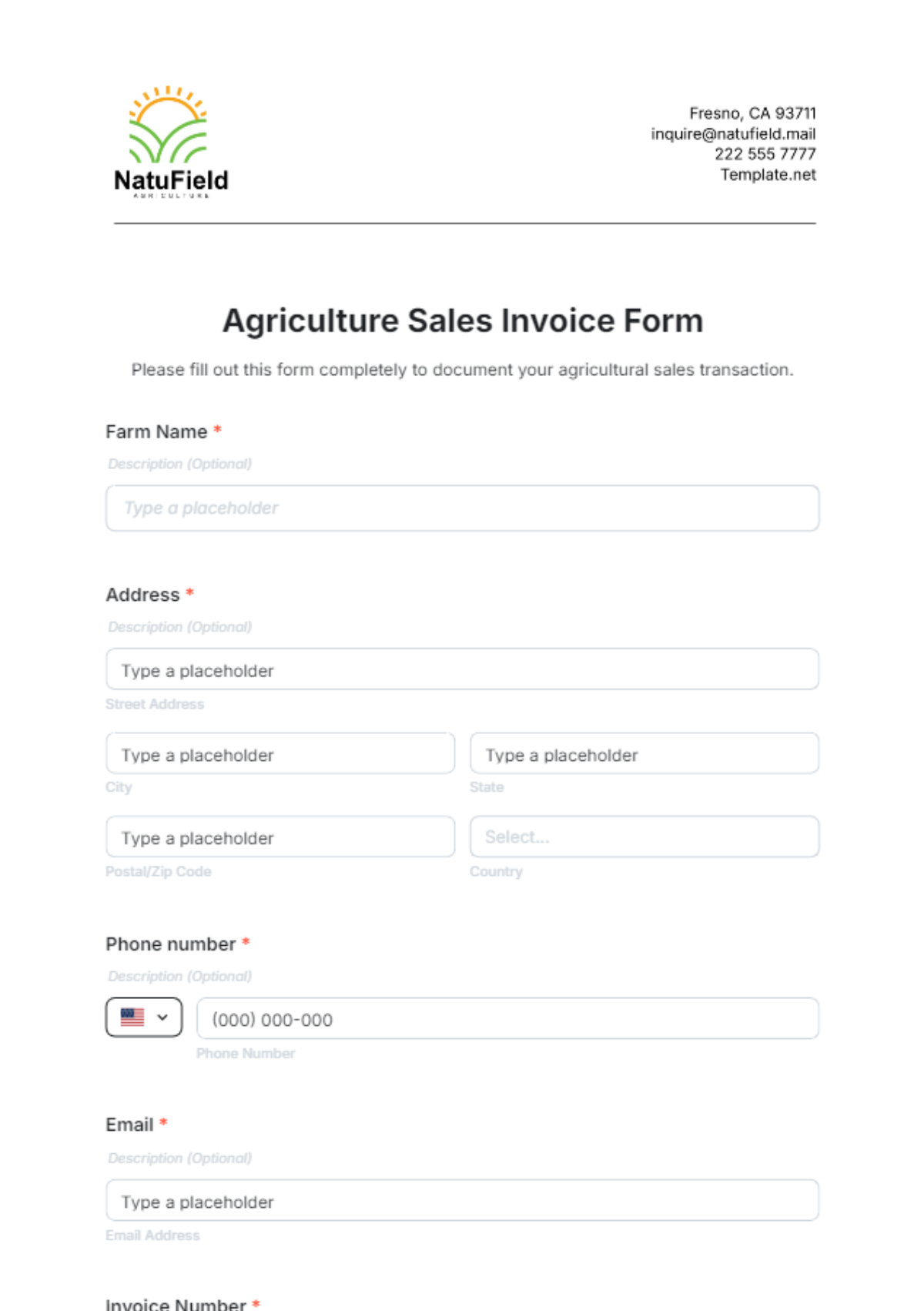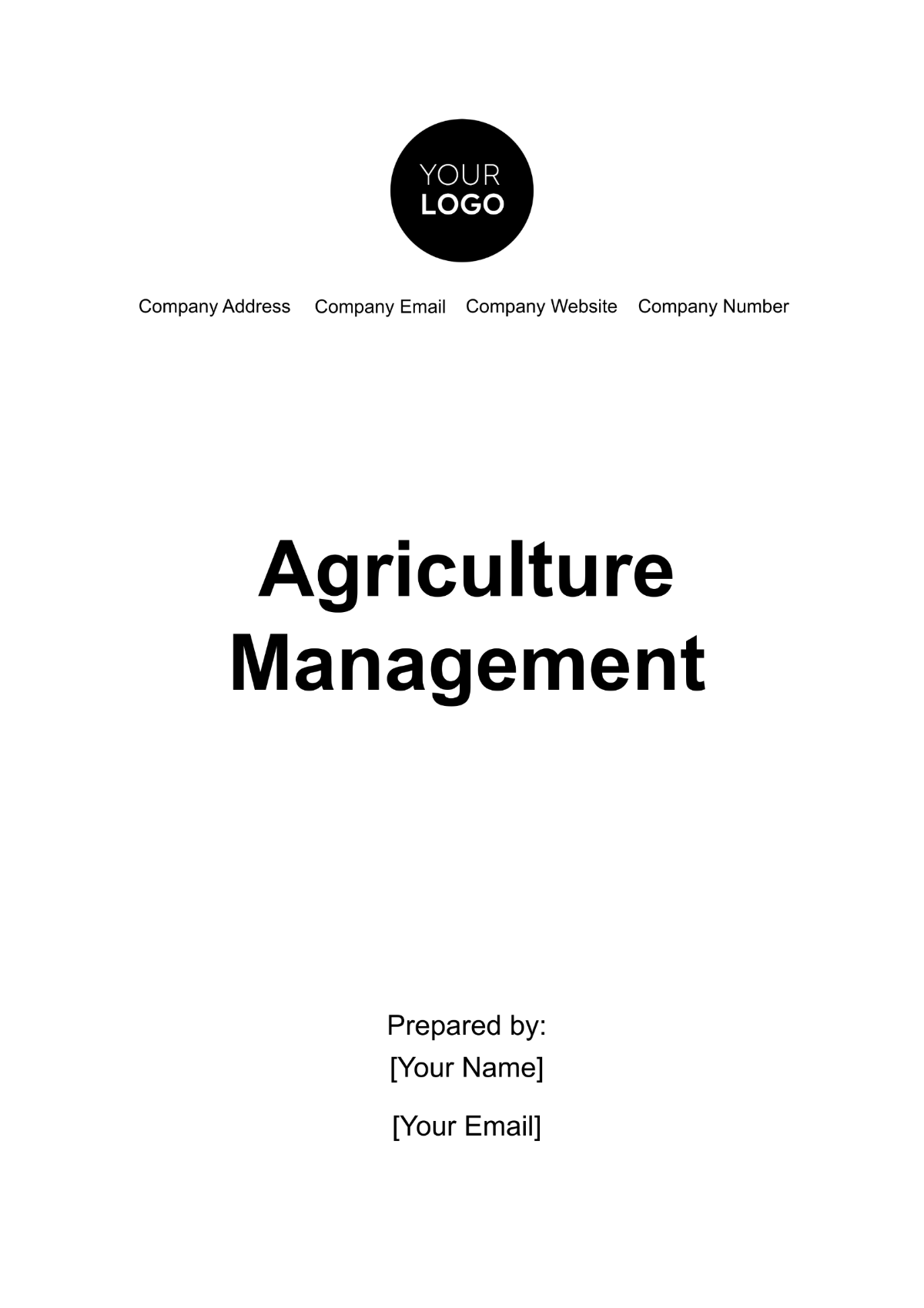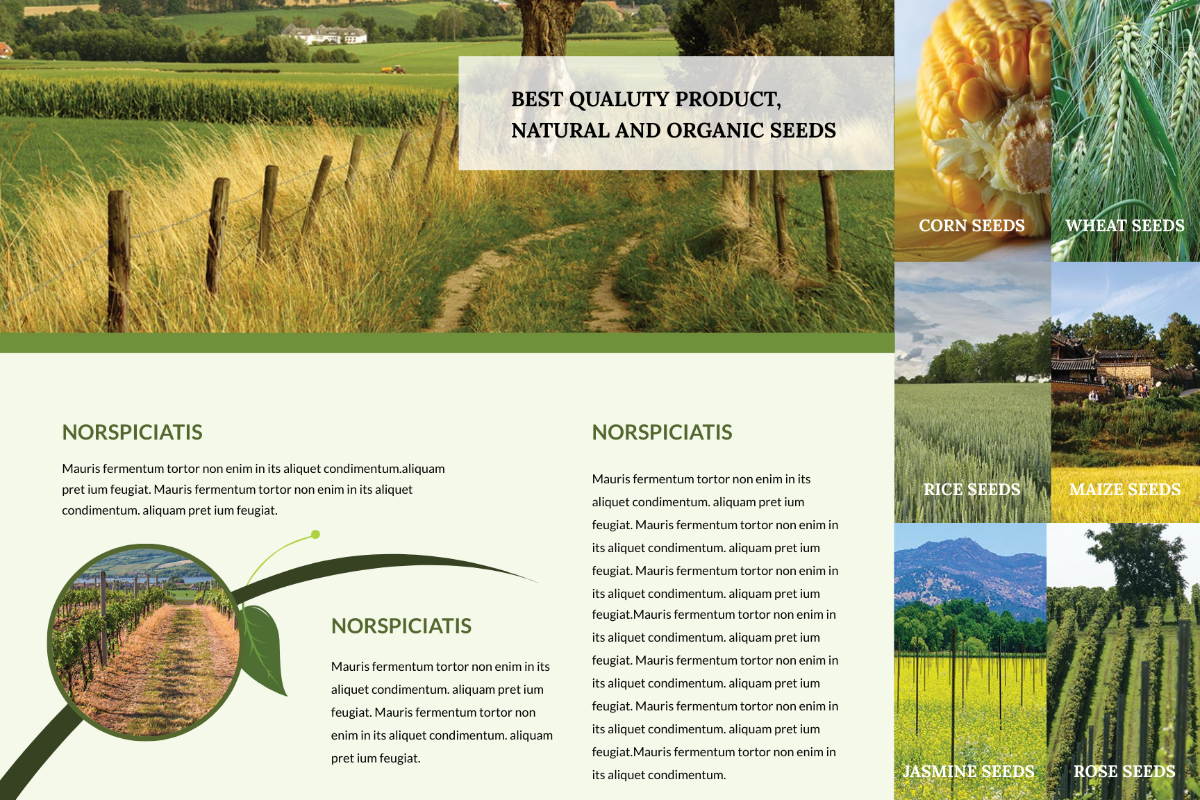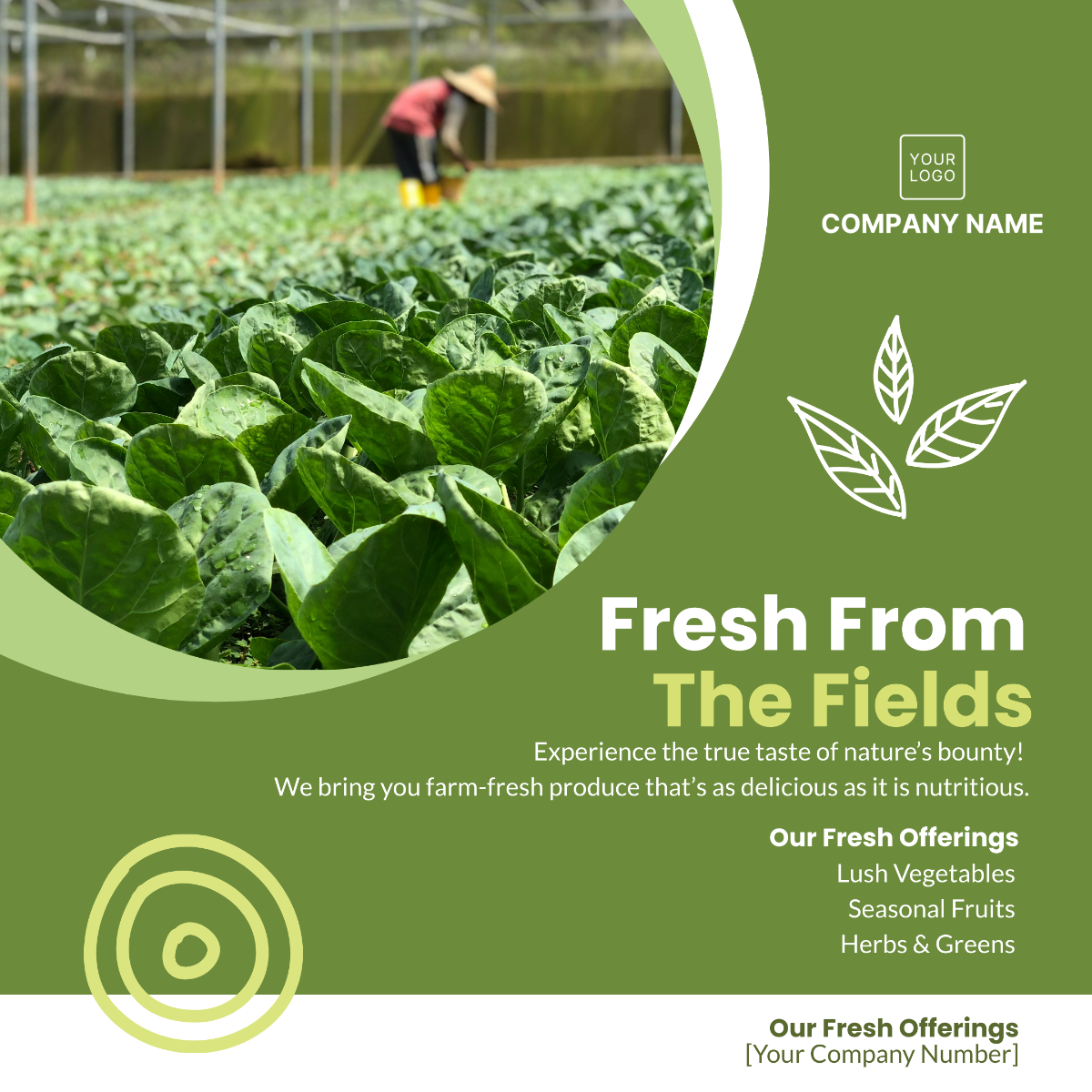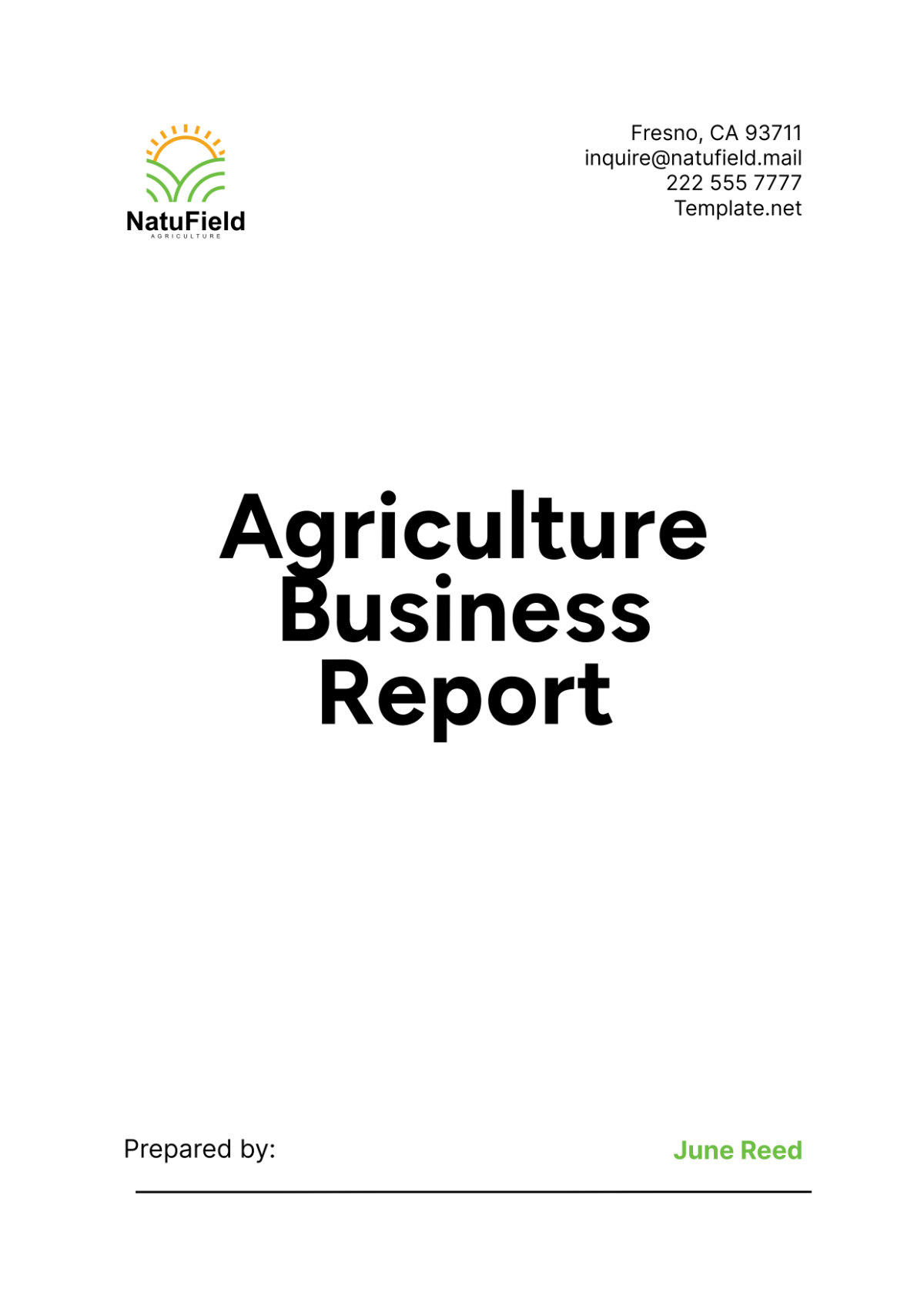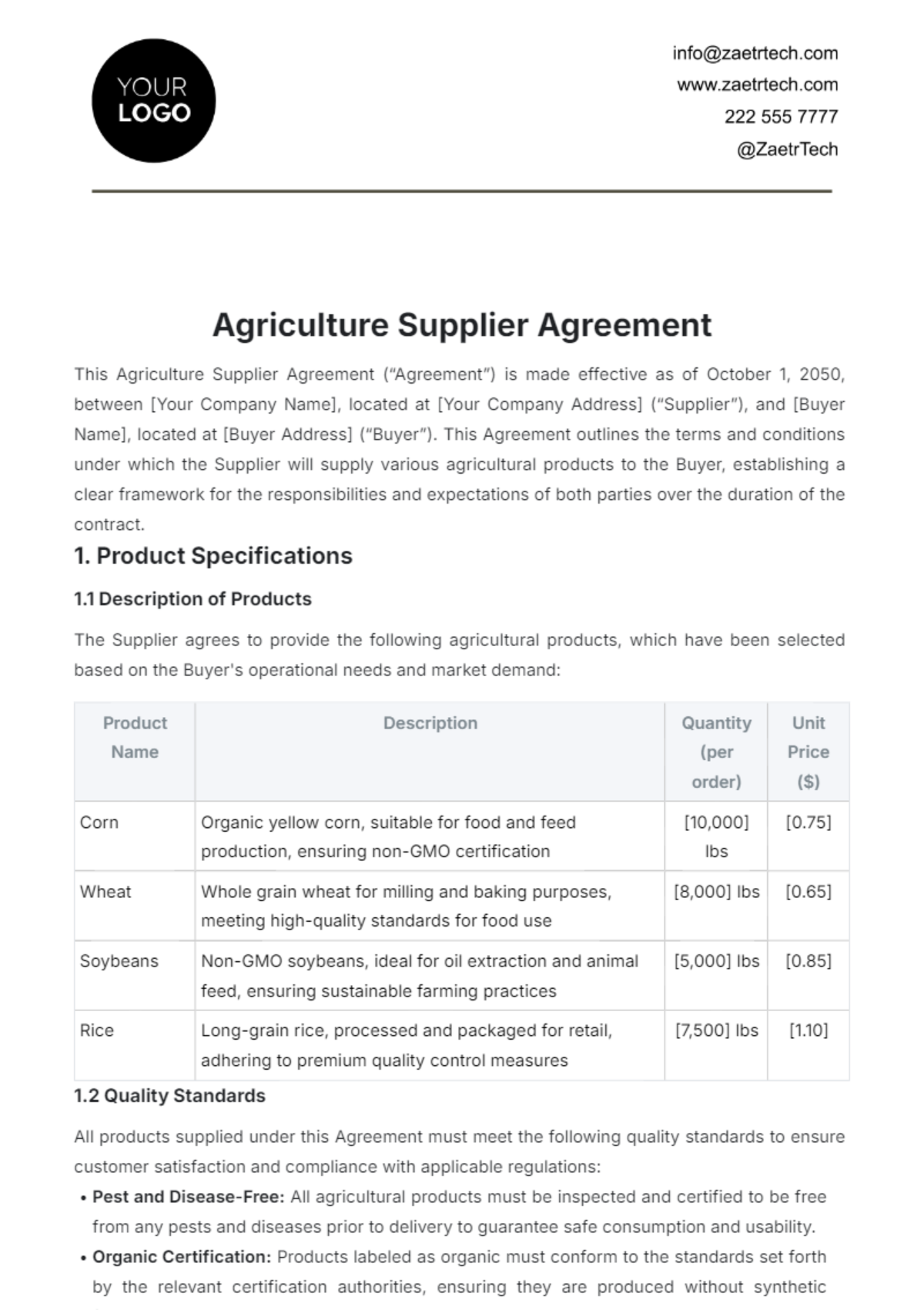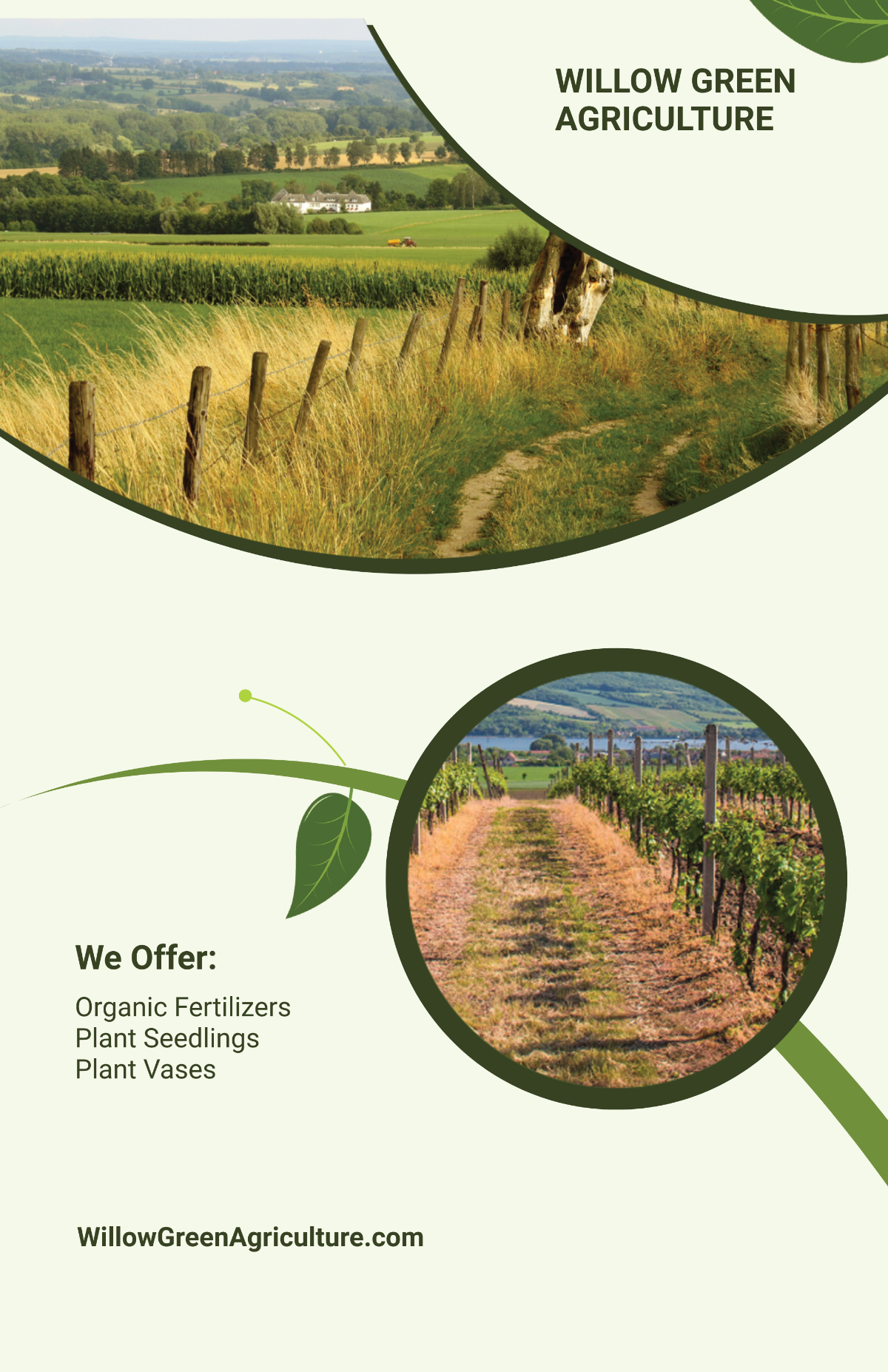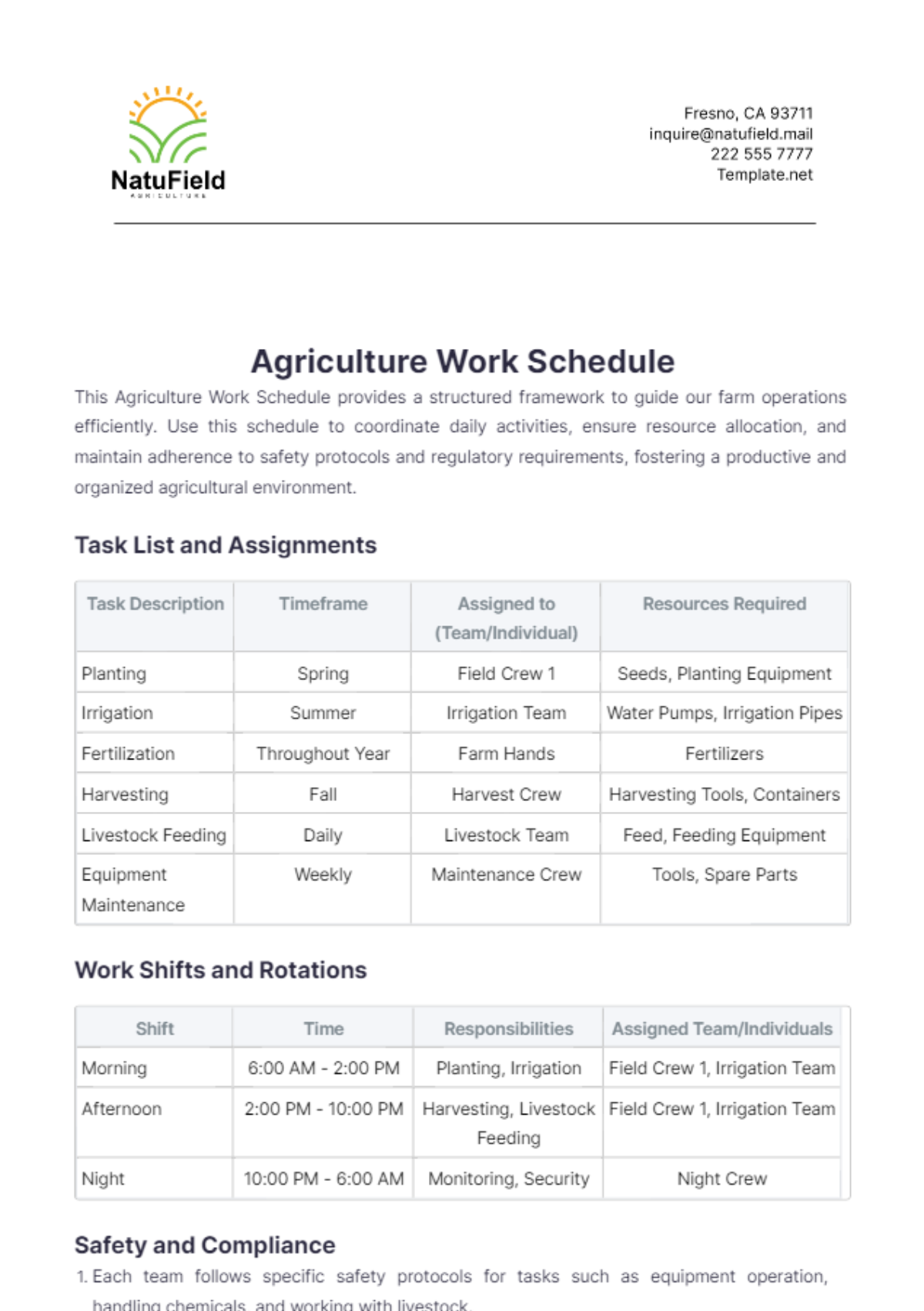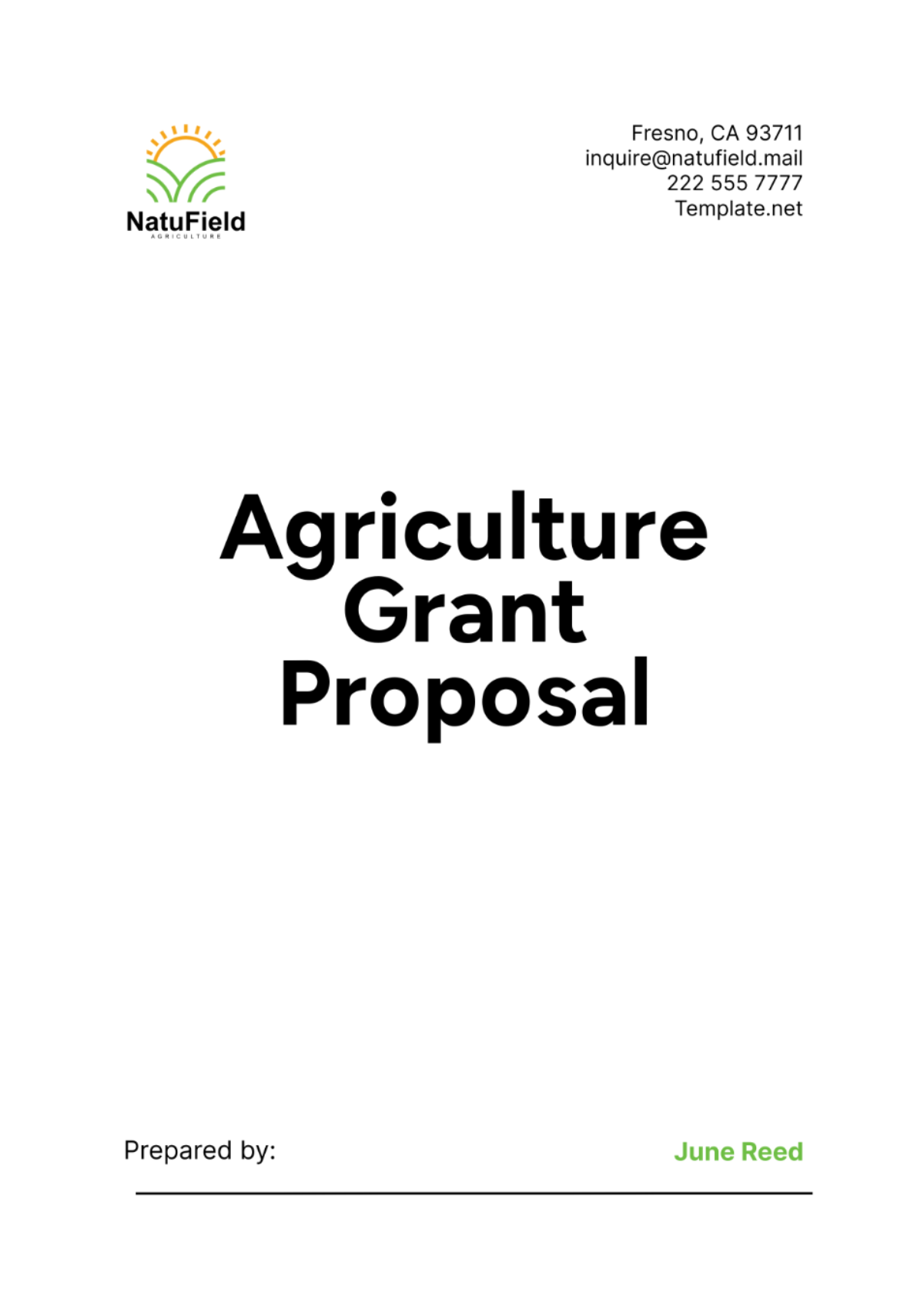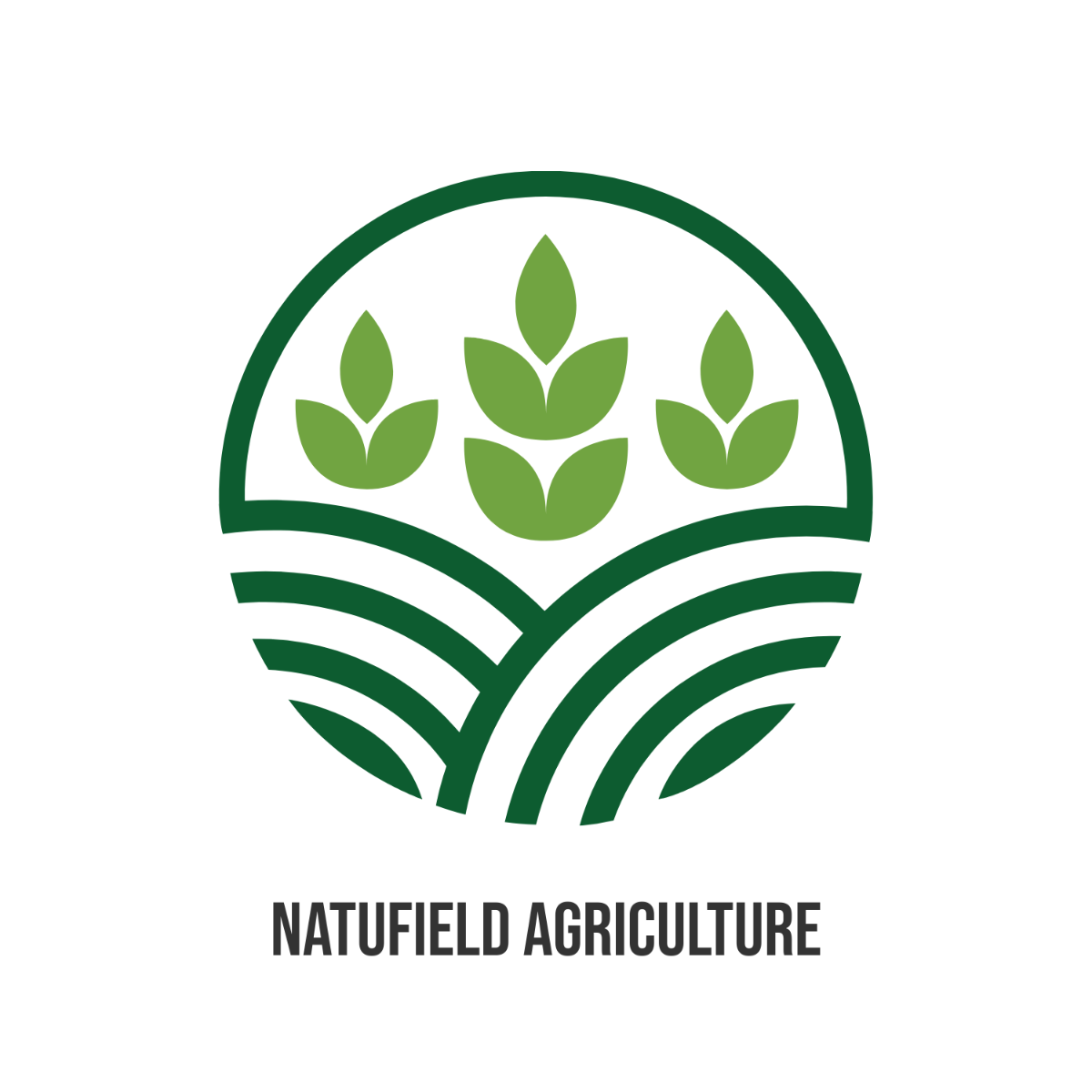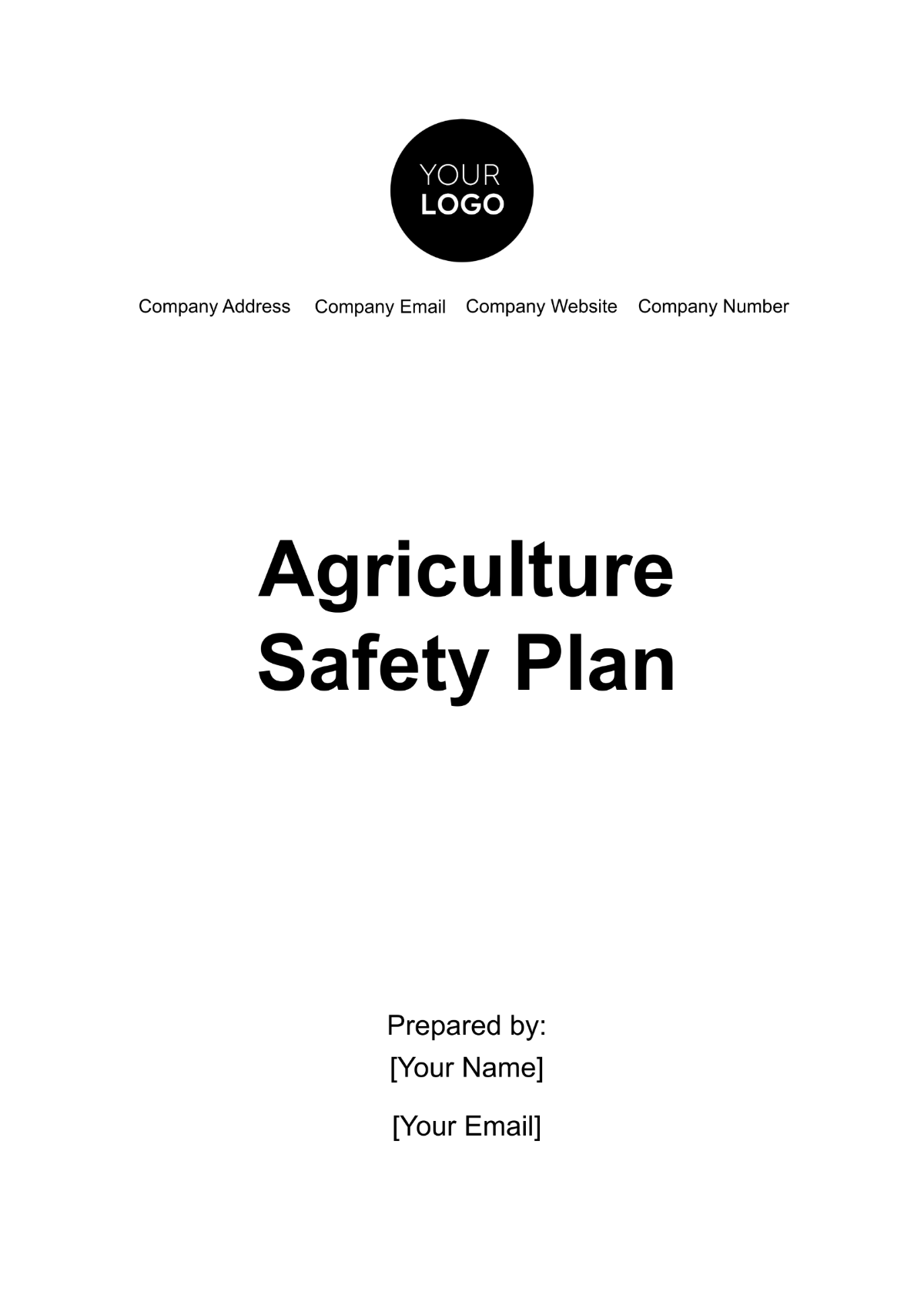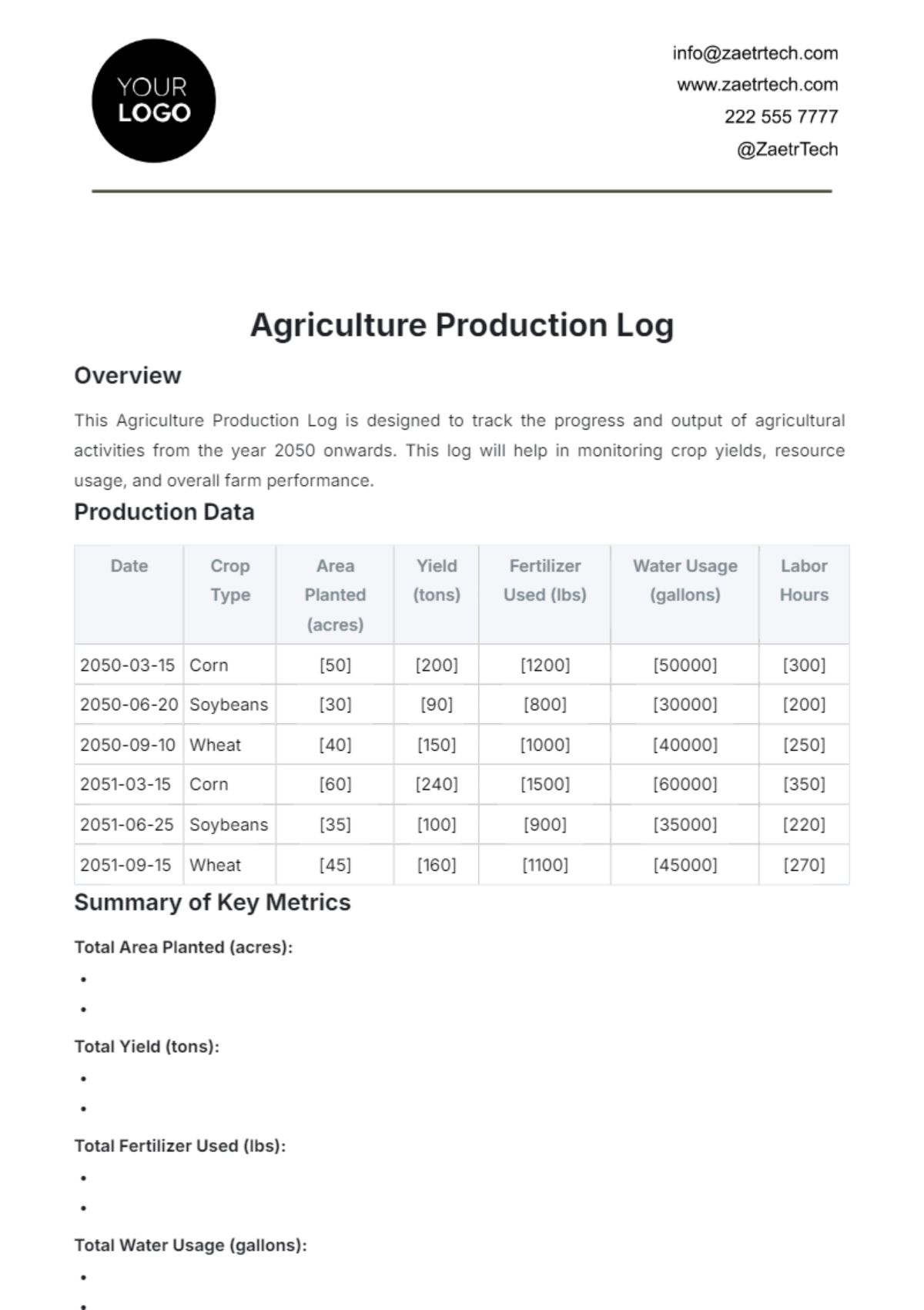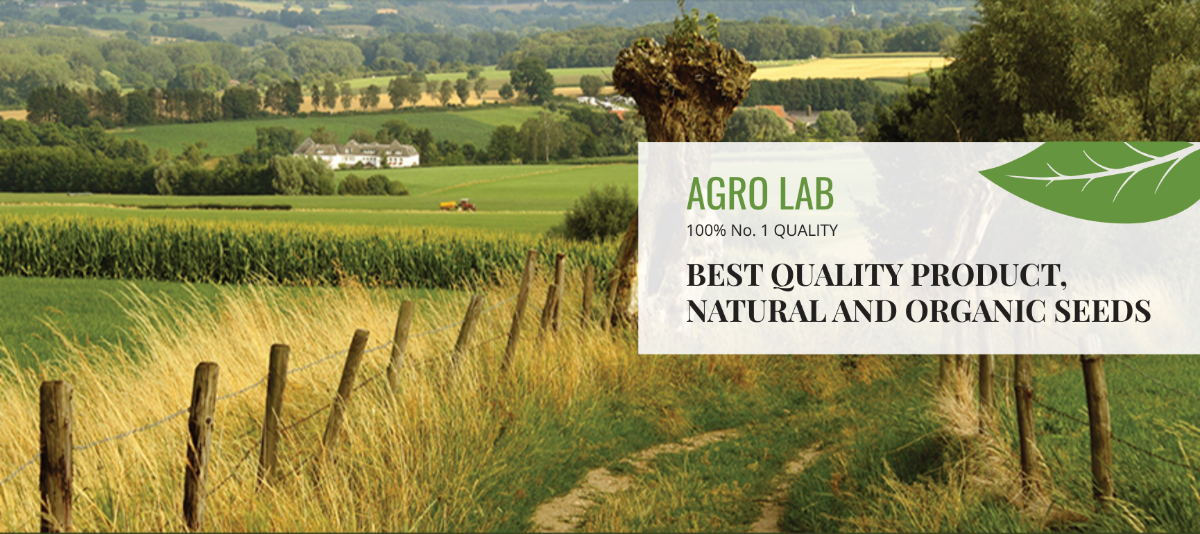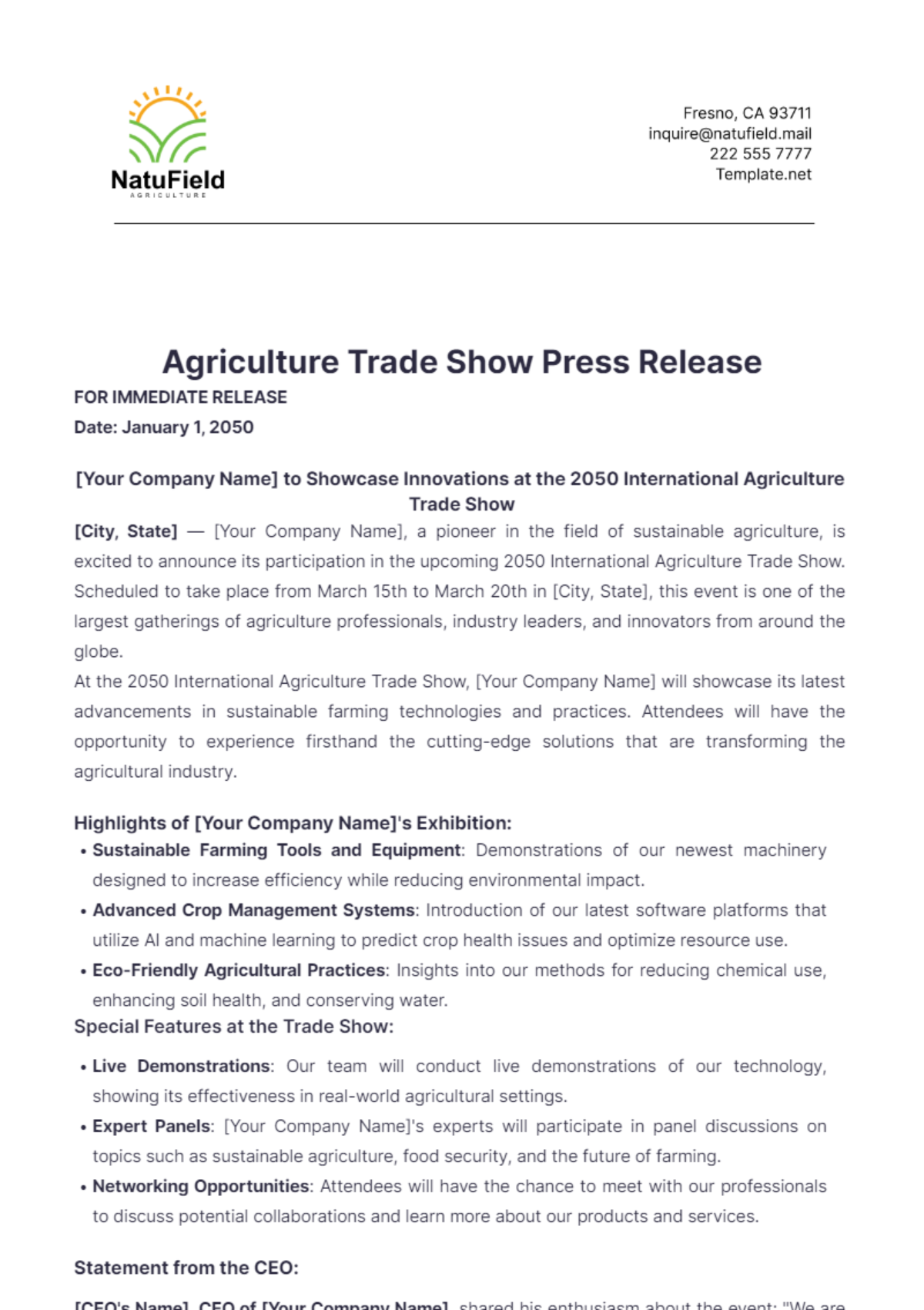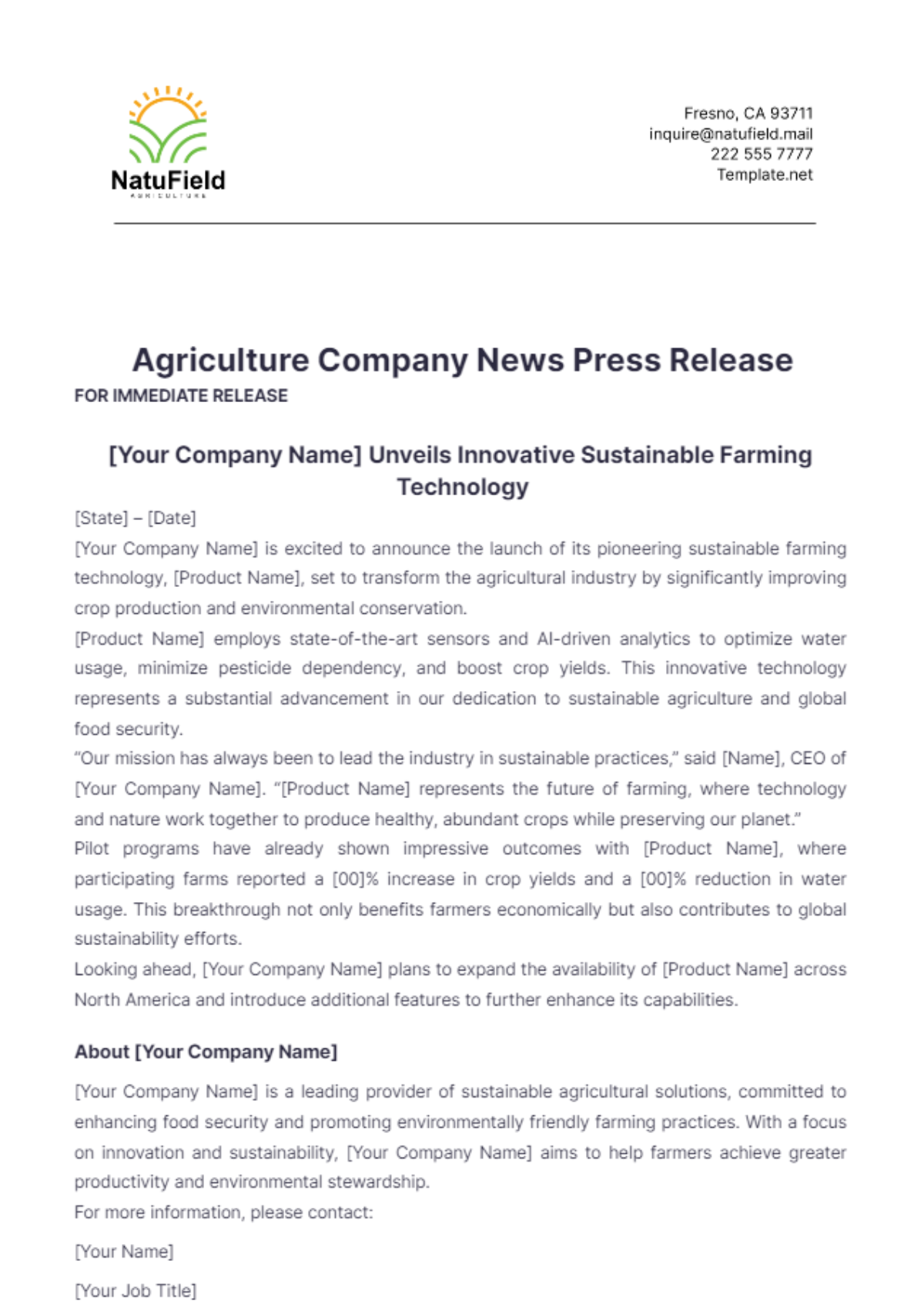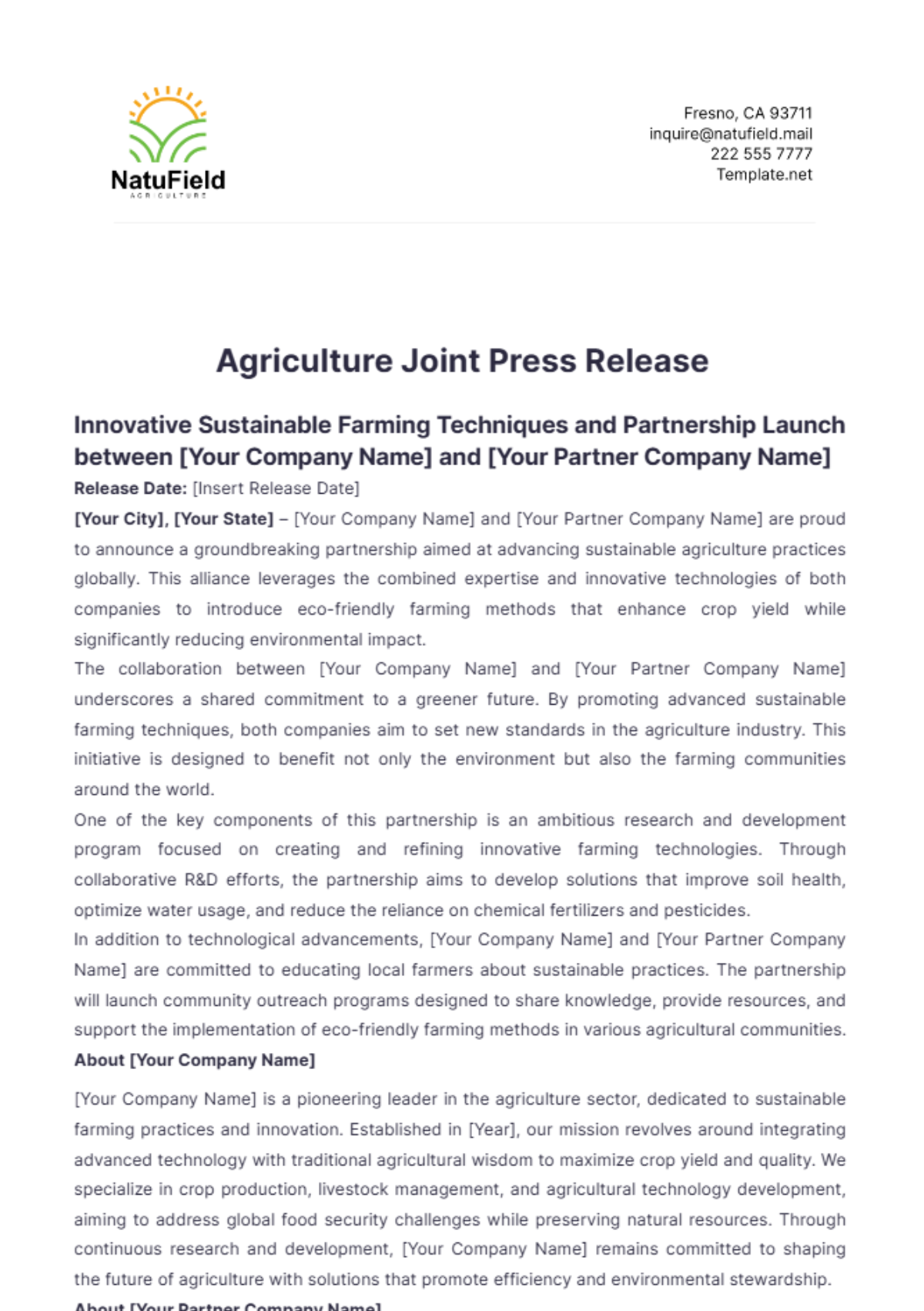Agriculture Sustainability Practices Guide
I. Introduction to Sustainable Agriculture
Agriculture holds a vital position in ensuring that the global population has access to the food required for sustenance. Despite this fundamental role, the techniques and methodologies employed in agriculture can lead to a range of profound environmental and social effects. As a response to these challenges, the concept of sustainable agriculture has emerged, which seeks to fulfill the current demand for agricultural products in such a manner that does not jeopardize the capacity of future generations to meet their own needs.
This comprehensive guide by [Your Company Name] has been developed to offer farmers practical and actionable strategies aimed at boosting the sustainability of their farming practices. By adopting these strategies, farmers can advance various important objectives: they can contribute to environmental stewardship by minimizing harm to ecosystems, ensure economic viability by maintaining productivity and profitability, and promote social responsibility by supporting the well-being of their communities and workers.
II. Soil Health and Fertility Management
A. Soil Testing and Analysis
Soil testing involves analyzing soil pH, nutrient levels, and organic matter content to tailor fertilizer applications precisely to crop needs. By understanding soil composition, farmers can implement targeted soil amendment strategies, such as adding lime to adjust pH levels or applying micronutrients to address deficiencies, thereby optimizing plant growth and yield potential.
B. Organic Matter Management
Managing organic matter is crucial for building soil fertility and structure. Incorporating cover crops and crop residues into the soil enhances microbial activity, improves water retention, and promotes nutrient cycling. Farmers can also integrate livestock grazing and manure applications to replenish organic matter, fostering healthy soil ecosystems that support sustainable crop production.
C. Cover Cropping and Green Manure
Cover crops, such as legumes and grasses, not only protect bare soil from erosion but also contribute organic matter and nitrogen fixation. Green manure crops, like clover and vetch, enrich the soil with nutrients as they decompose, reducing reliance on synthetic fertilizers and improving soil health over time. Implementing diverse cover cropping rotations enhances biodiversity and pest management while enhancing soil fertility.
III. Water Management and Conservation
A. Efficient Irrigation Techniques
Efficient irrigation practices, which include techniques like drip irrigation and the use of micro-sprinklers, are specifically designed to deliver water directly to the root zones of plants. This targeted approach significantly reduces the loss of water due to evaporation and minimizes the runoff that often occurs with less precise methods of irrigation. In addition to these practices, the employment of soil moisture sensors plays a crucial role in achieving optimal water use efficiency. These sensors continuously monitor the moisture levels in the soil, providing real-time data that allows for the precise scheduling of irrigation events based on the specific water requirements of the crops being cultivated.
By aligning irrigation schedules closely with the actual needs of the plants, farmers can ideally regulate the amount of water used, thereby reducing overall water consumption. This not only conserves a precious resource but also contributes to maximizing the yield and quality of the crops. Thus, through the combined use of advanced irrigation methods and meticulous water management strategies, it is possible to achieve a sustainable and highly productive agricultural system.
B. Rainwater Harvesting and Water Storage
Rainwater harvesting systems are designed to capture and store rainwater that falls onto roofs or flows as runoff. This harvested water can later be used for various purposes, such as irrigating crops, which helps to reduce reliance on external water sources, particularly during dry spells. By installing ponds or tanks, farmers can efficiently collect and manage the rainwater that accumulates on their properties. This not only ensures a more reliable supply of water for irrigation but also enhances the farm's ability to withstand periods of drought and fluctuations in water availability, ultimately improving the overall resilience of their agricultural operations.
C. Water Quality Monitoring and Management
Frequent and systematic monitoring of various water quality parameters, including but not limited to pH levels, electrical conductivity, and concentrations of essential nutrients, ensures that the irrigation water used for agricultural purposes meets the specific requirements and needs of the crops being cultivated. Additionally, this practice guarantees compliance with established regulatory standards. To safeguard the quality of water sources from potential contamination and promote the health and balance of ecosystems both within the farm and in the surrounding areas, the implementation of best management practices is crucial.
These practices include the installation and maintenance of sediment traps, which prevent soil erosion and the subsequent runoff of sediment into water bodies, as well as the establishment of vegetative buffer zones. These buffer zones consist of strategically planted areas of vegetation that act as natural barriers, filtering out pollutants and reducing the impact of agricultural activities on adjacent water sources. Therefore, through such comprehensive strategies and diligent practices, the integrity and sustainability of water resources and ecosystem health are maintained.
IV. Pest and Disease Management
A. Integrated Pest Management (IPM) Principles
IPM integrates preventive measures, biological controls, and judicious use of pesticides to manage pests effectively while minimizing environmental impact. Monitoring pest populations, deploying natural enemies like ladybugs and parasitoids, and utilizing pheromone traps are key IPM strategies that help farmers maintain pest control without over-reliance on chemicals.
B. Biological Control Methods
Biological control involves using natural predators, parasites, or pathogens to manage pest populations. Introducing beneficial insects like lacewings and predatory mites, and conserving their habitats through hedgerows and native plantings, enhances biological diversity and reduces reliance on synthetic pesticides, promoting long-term pest suppression.
C. Use of Resistant Varieties and Crop Rotation
Planting crop varieties with inherent resistance to pests and diseases reduces the need for chemical treatments and minimizes crop losses. Rotating crops with different susceptibility to pests and pathogens disrupts pest life cycles and improves soil health, enhancing overall farm productivity and sustainability through diversified planting strategies.
V. Biodiversity Conservation
A. Habitat Preservation and Restoration
Preserving natural habitats such as wetlands and woodlands within farm boundaries supports diverse wildlife species and enhances ecosystem resilience. Implementing conservation practices like buffer strips and hedgerows provides corridors for wildlife movement, reduces soil erosion, and improves water quality in adjacent habitats.
B. Promotion of Pollinator Habitats
Creating pollinator-friendly habitats with native flowering plants and nesting sites benefits pollinators like bees and butterflies, enhancing crop pollination and yield. Planting diverse floral resources throughout the growing season ensures continuous food sources for pollinators, supporting biodiversity conservation and sustainable agriculture practices.
C. Wildlife Conservation Strategies
Adopting wildlife-friendly farming practices, such as reducing pesticide use and minimizing habitat disturbance during critical periods, protects native wildlife species. Installing bird boxes, bat houses, and reptile refuges on-farm provides shelter and nesting opportunities, fostering a balanced ecosystem that enhances natural pest control and biodiversity.
VI. Energy Efficiency and Renewable Energy
A. Energy Audit and Efficiency Measures
Engaging in the practice of conducting regular energy audits allows for the identification of numerous opportunities to decrease energy consumption and enhance efficiency within farm operations. By taking a closer look at the energy usage patterns and overall energy expenditures, one can pinpoint specific areas where improvements can be made. This involves a thorough examination of all systems and processes in use, thereby uncovering inefficiencies and potential energy savings. Once opportunities are identified, upgrade to energy-efficient equipment, such as new machinery or better lighting. This saves energy, reduces costs, and lowers the carbon footprint. Optimize machinery use through scheduling, maintenance, and efficiency techniques for added sustainability and efficiency.
B. Adoption of Renewable Energy Sources
The installation of solar panels, wind turbines, or biogas digesters on agricultural farms serves multiple important functions. First and foremost, it allows for the harnessing of various renewable energy sources, which are crucial for providing sustainable energy alternatives. By tapping into these renewable resources, such as the sun's solar power through solar panels, wind energy through wind turbines, and the conversion of organic waste into usable energy through biogas digesters, farms can significantly diminish their dependence on fossil fuels. Fossil fuels have long been the predominant energy source, but they come with a range of adverse environmental impacts. Using renewable energy like solar panels, wind turbines, and biogas digesters, farms can reduce their reliance on fossil fuels and lower greenhouse gas emissions, thereby promoting environmental sustainability and combating climate change.
C. Sustainable Use of Machinery and Equipment
Ensuring that farm machinery is properly maintained and regularly calibrated can significantly reduce energy consumption and extend the lifespan of the equipment. In addition to these practices, upgrading equipment in a timely manner and incorporating precision agriculture technologies into farming operations can lead to even greater improvements in operational efficiency and sustainability. By taking these measures, farmers are not only able to optimize the performance of their machinery and reduce resource waste, but also contribute to more sustainable agricultural practices overall.
VII. Energy Efficiency and Renewable Energy
A. Energy Audit and Efficiency Measures
Conducting regular energy audits helps identify inefficiencies and opportunities for energy savings on the farm. Implementing energy-efficient practices such as upgrading to LED lighting, optimizing ventilation systems, and using energy-efficient motors can significantly reduce electricity consumption and operational costs.
B. Adoption of Renewable Energy Sources
Installing solar panels, wind turbines, or biomass energy systems provides sustainable alternatives to fossil fuels, reducing greenhouse gas emissions and dependence on external energy sources. Farmers can explore renewable energy incentives and financing options to support the adoption of clean energy technologies and enhance farm sustainability.
C. Sustainable Use of Machinery and Equipment
Proper maintenance, calibration, and utilization of farm machinery improve equipment efficiency and lifespan. Implementing precision agriculture technologies like GPS-guided tractors and automated irrigation systems minimizes fuel consumption and input waste, optimizing farm operations while reducing environmental impact.
VIII. Waste Management and Recycling
A. Composting Practices
Composting organic waste, such as crop residues and food scraps, transforms them into nutrient-rich soil amendments. Utilizing compost on fields enhances soil fertility, improves water retention, and reduces the need for synthetic fertilizers, closing the nutrient cycle and promoting sustainable nutrient management practices.
B. Recycling of Agricultural Plastics and Packaging
Proper disposal and recycling of agricultural plastics, such as mulch films and irrigation tubing, prevent environmental pollution and promote resource conservation. Farmers can collaborate with recycling programs or agricultural supply companies to ensure responsible disposal and recycling of plastic waste generated on the farm.
C. Proper Disposal of Hazardous Waste
Managing hazardous materials, such as pesticides, herbicides, and chemical containers, requires adherence to safety regulations and best management practices. Implementing container rinsing and recycling programs, as well as safely disposing of expired or unused chemicals through certified disposal services, minimizes environmental contamination and protects farm workers' health.
IX. Community Engagement and Social Responsibility
A. Supporting Local Communities
Engaging with local markets, community-supported agriculture (CSA) programs, and farmers' markets connects consumers with locally grown produce, supporting the local economy and reducing food miles. Participating in community events, educational workshops, and agricultural tours fosters relationships with consumers and promotes awareness of sustainable farming practices.
B. Fair Labor Practices and Worker Safety
Ensuring fair wages, safe working conditions, and access to training and healthcare benefits demonstrates commitment to worker well-being. Implementing safety protocols, providing personal protective equipment (PPE), and conducting regular safety training sessions enhance worker safety and productivity while upholding ethical labor standards on the farm.
C. Education and Outreach Initiatives
Educating stakeholders, including employees, consumers, and community members, about sustainable farming practices builds awareness and support for agricultural sustainability. Hosting farm tours, workshops on composting and organic gardening, and educational programs in schools cultivates a culture of environmental stewardship and encourages sustainable food choices among consumers.
X. Case Studies and Success Stories
A. Examples of Successful Sustainable Farming Operations
Highlighting case studies of farms that have successfully implemented sustainable practices inspires and educates farmers. Case examples can include diversified crop rotations, integrated pest management (IPM) strategies, and innovative renewable energy installations that have improved farm profitability while conserving natural resources.
B. Lessons Learned and Practical Tips
Sharing lessons learned from challenges and successes provides valuable insights for other farmers considering sustainable practices. Practical tips may include financial planning for sustainability investments, overcoming regulatory hurdles, and adapting practices to local climate and soil conditions.
C. Challenges and Solutions in Implementing Sustainable Practices
Discussing common challenges such as initial investment costs, knowledge gaps, and regulatory compliance issues helps farmers anticipate and address barriers to adopting sustainable practices. Providing solutions, such as accessing grants and incentives, collaborating with agricultural extension services, and joining farmer networks, supports successful implementation and continuous improvement in sustainability efforts.
XI. Resources and Further Reading
A. Recommended Books and Publications
Providing a list of authoritative books, research papers, and agricultural publications on sustainable farming practices equips farmers with in-depth knowledge and resources. Topics may include soil health management, water conservation techniques, and renewable energy applications in agriculture.
B. Websites and Online Tools for Sustainable Agriculture
Directing farmers to reputable websites and online tools, such as agricultural extension websites, sustainability certification programs, and carbon footprint calculators, facilitates access to practical guidance and decision-making support in implementing sustainable practices.
C. Training Programs and Workshops
Promoting agricultural training programs, workshops, and conferences focused on sustainable agriculture allows farmers to expand their knowledge and skills. Participating in continuing education opportunities enhances proficiency in sustainable farming techniques and fosters professional development within the agricultural community.
